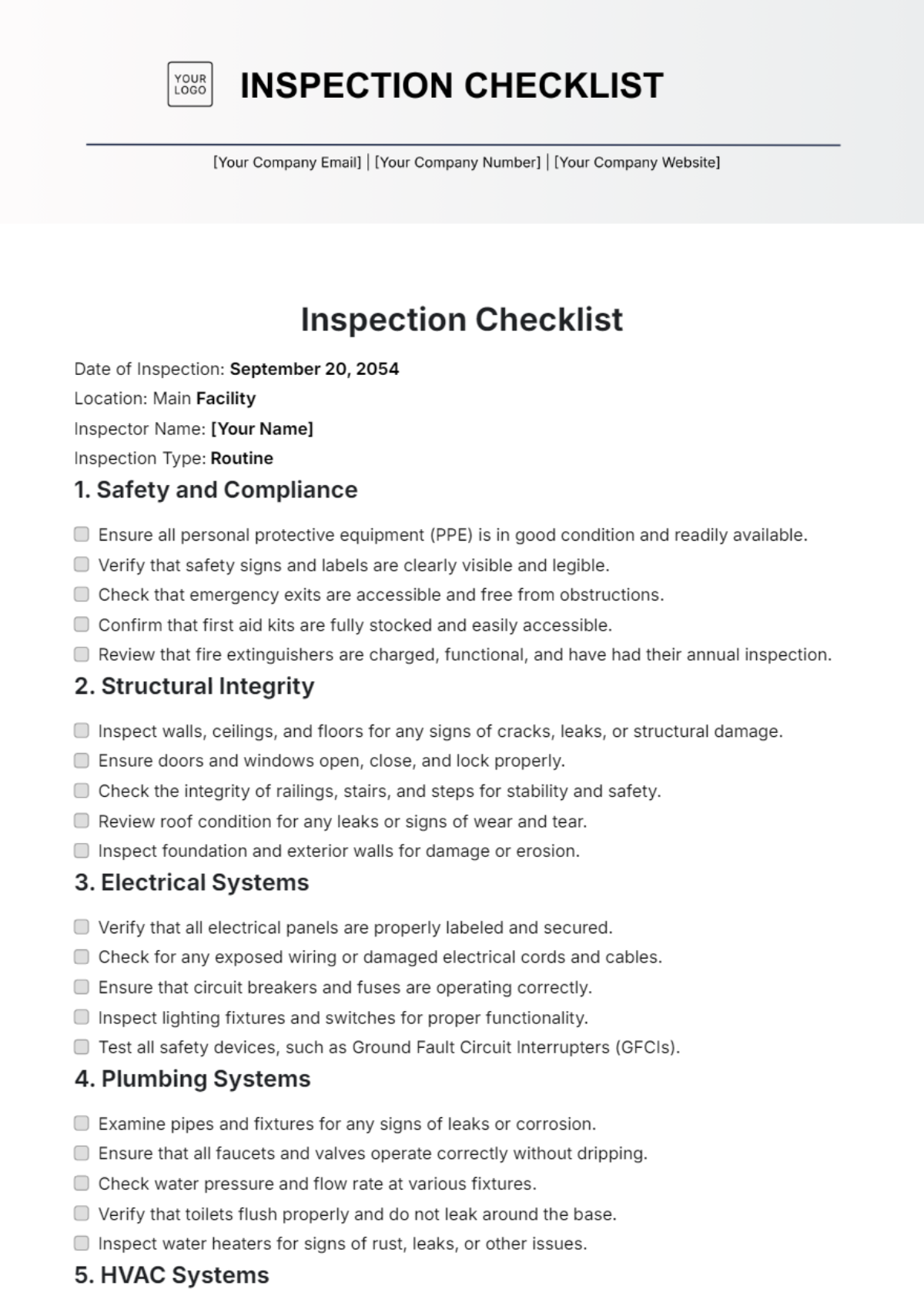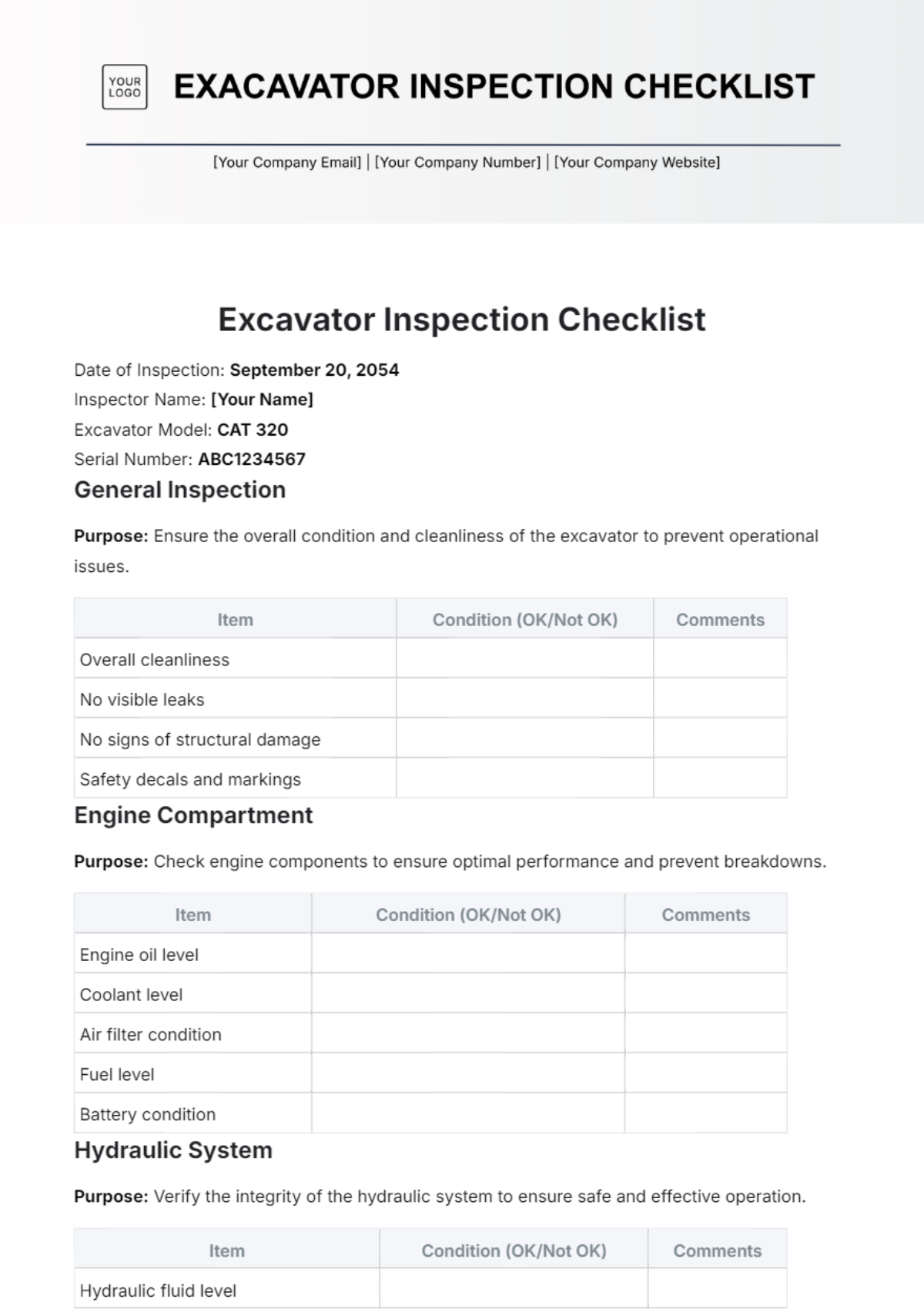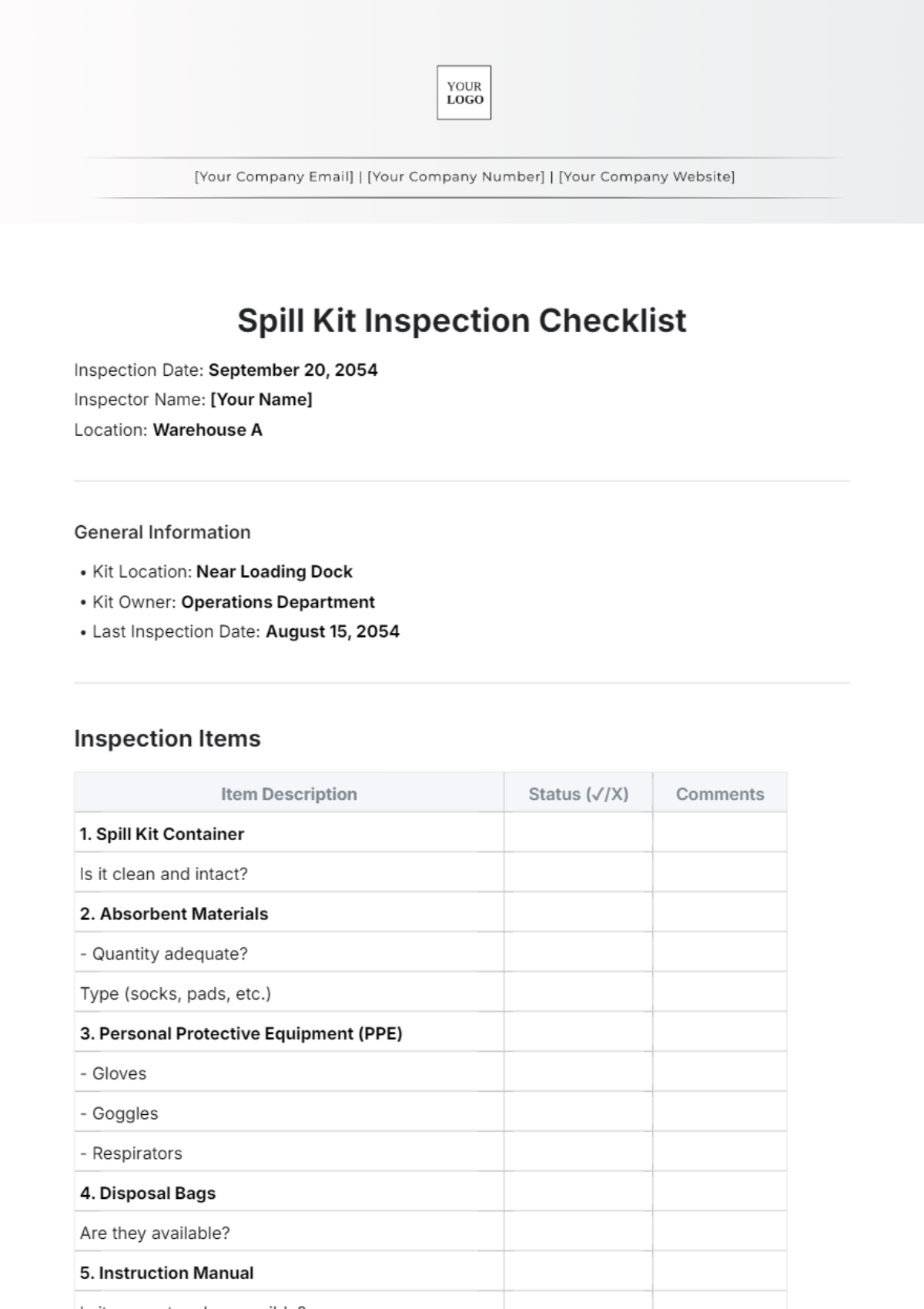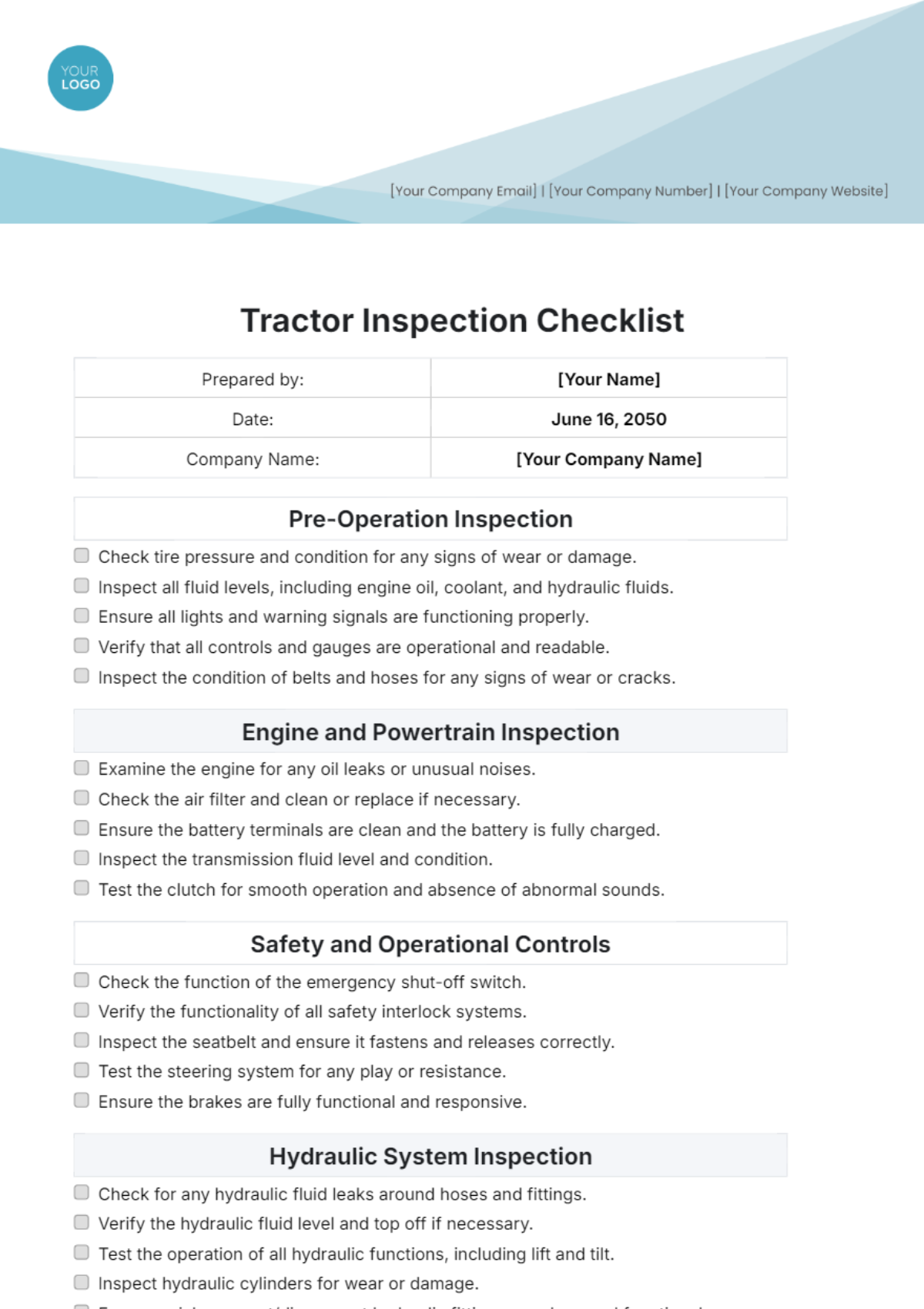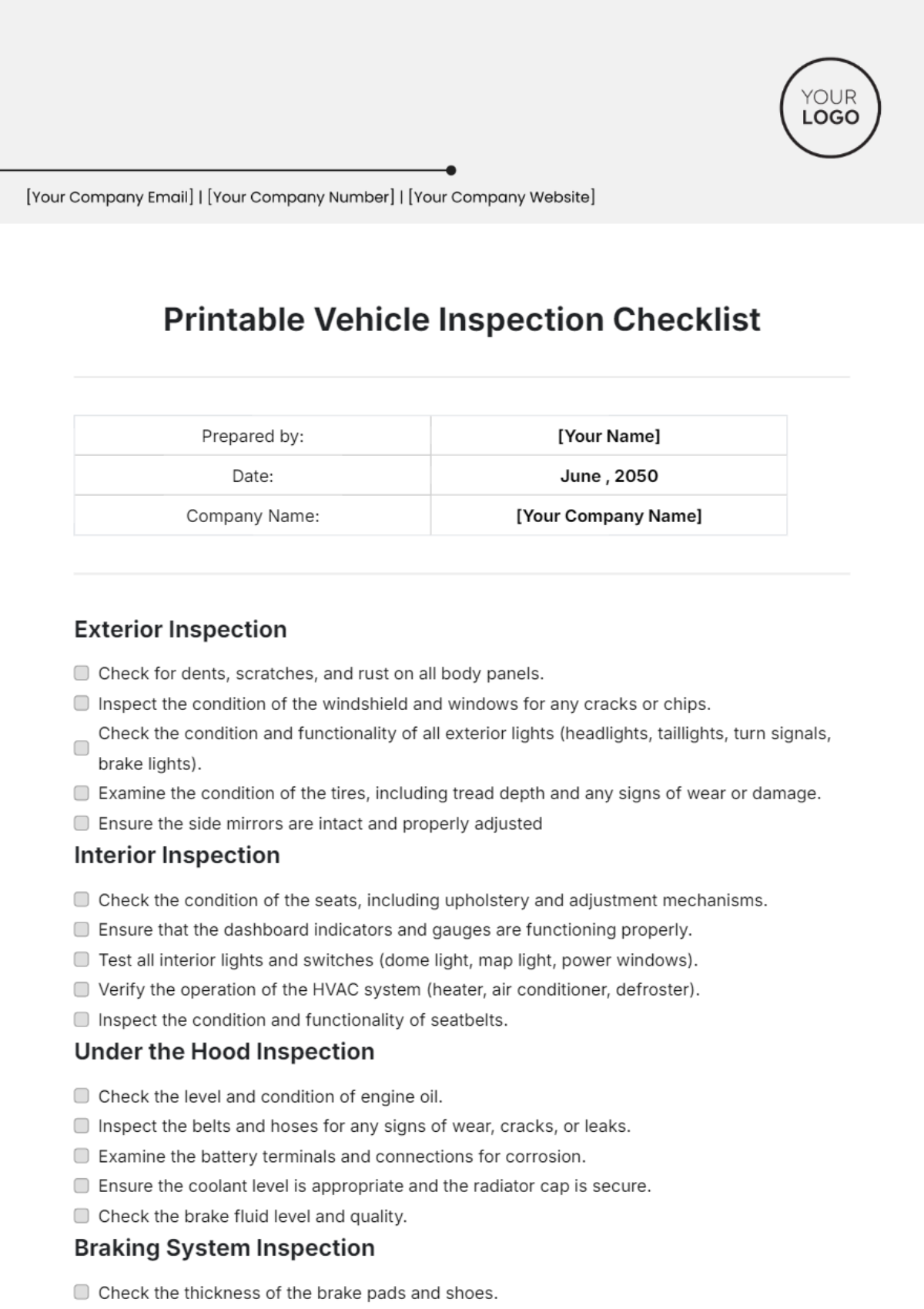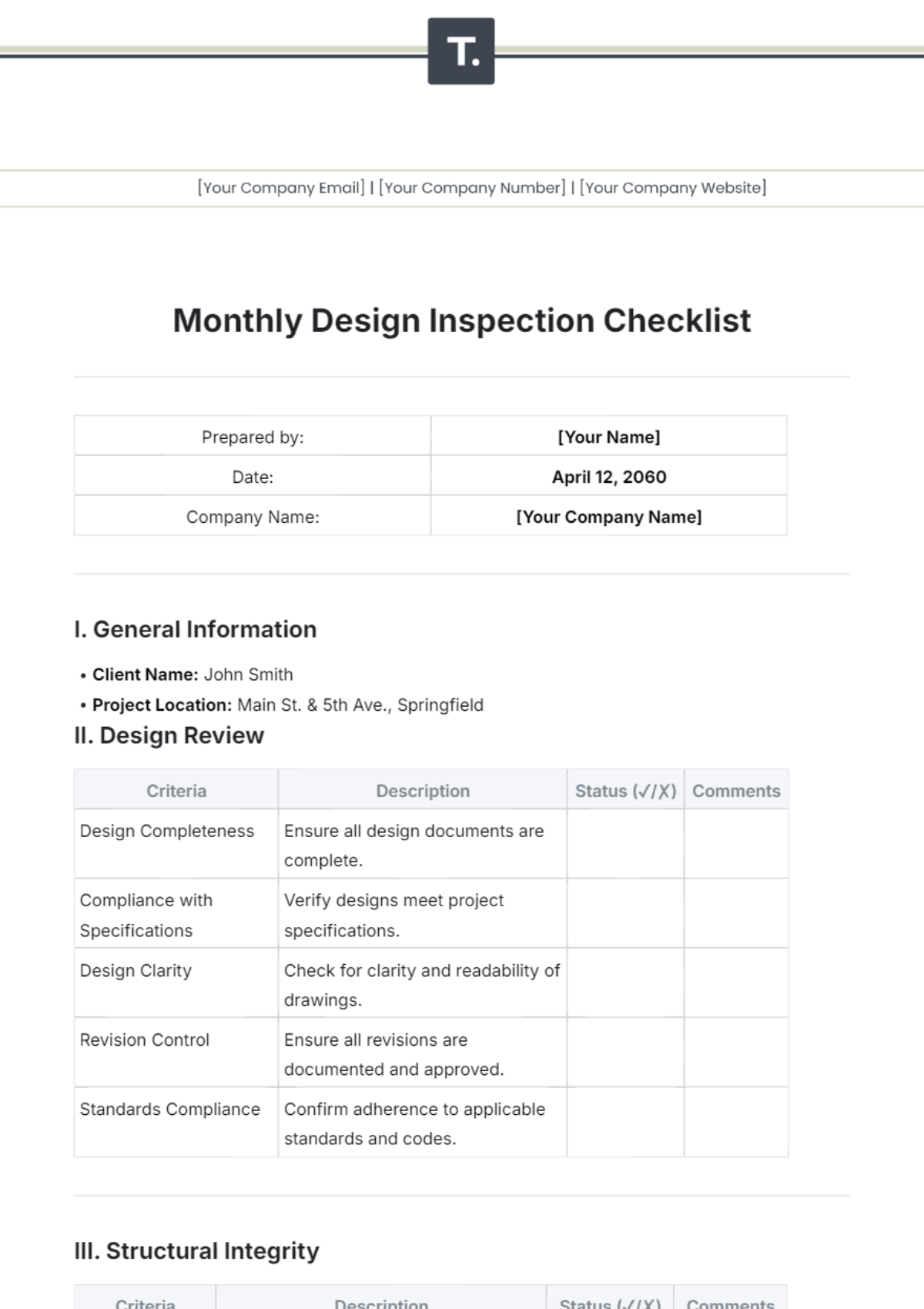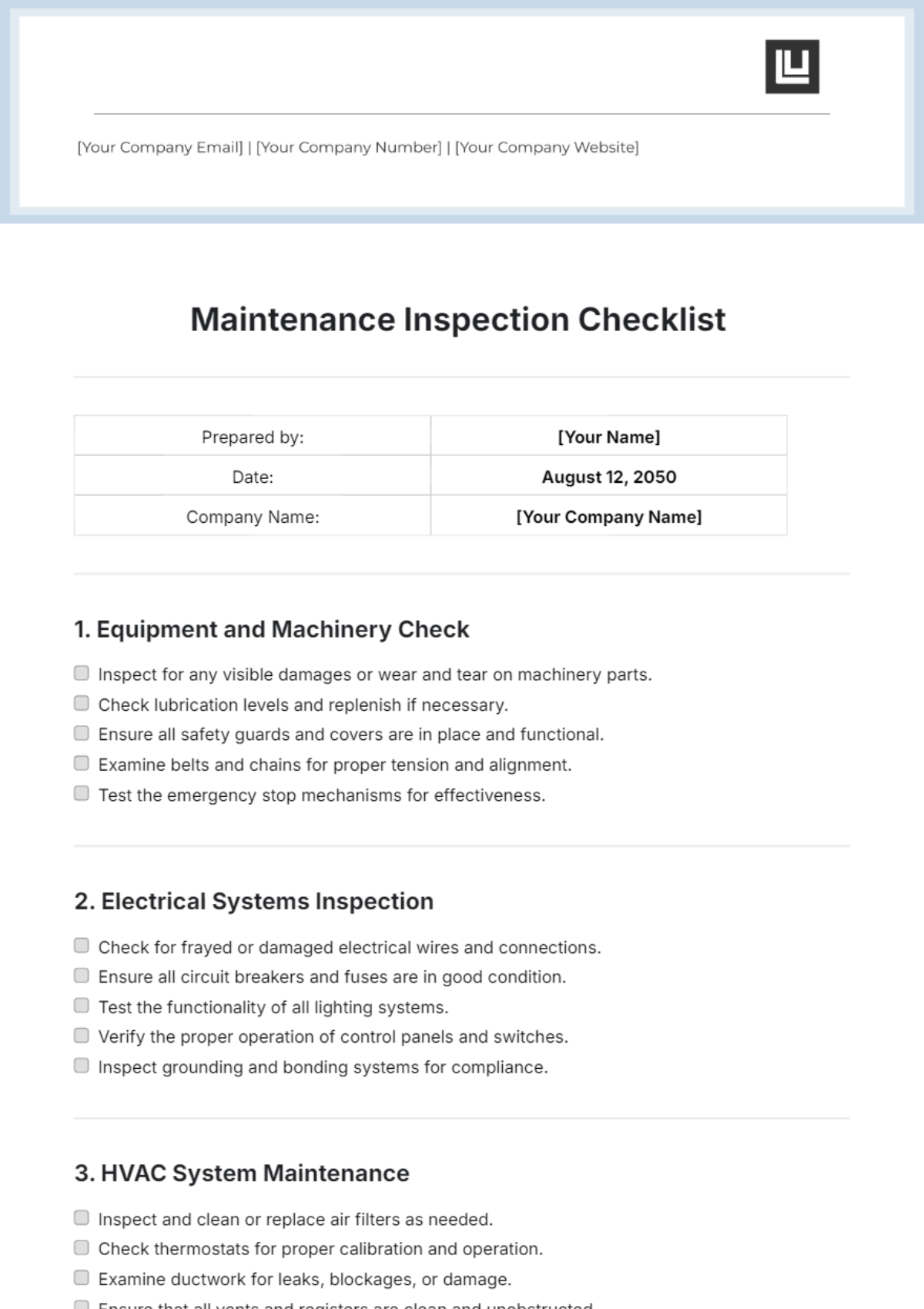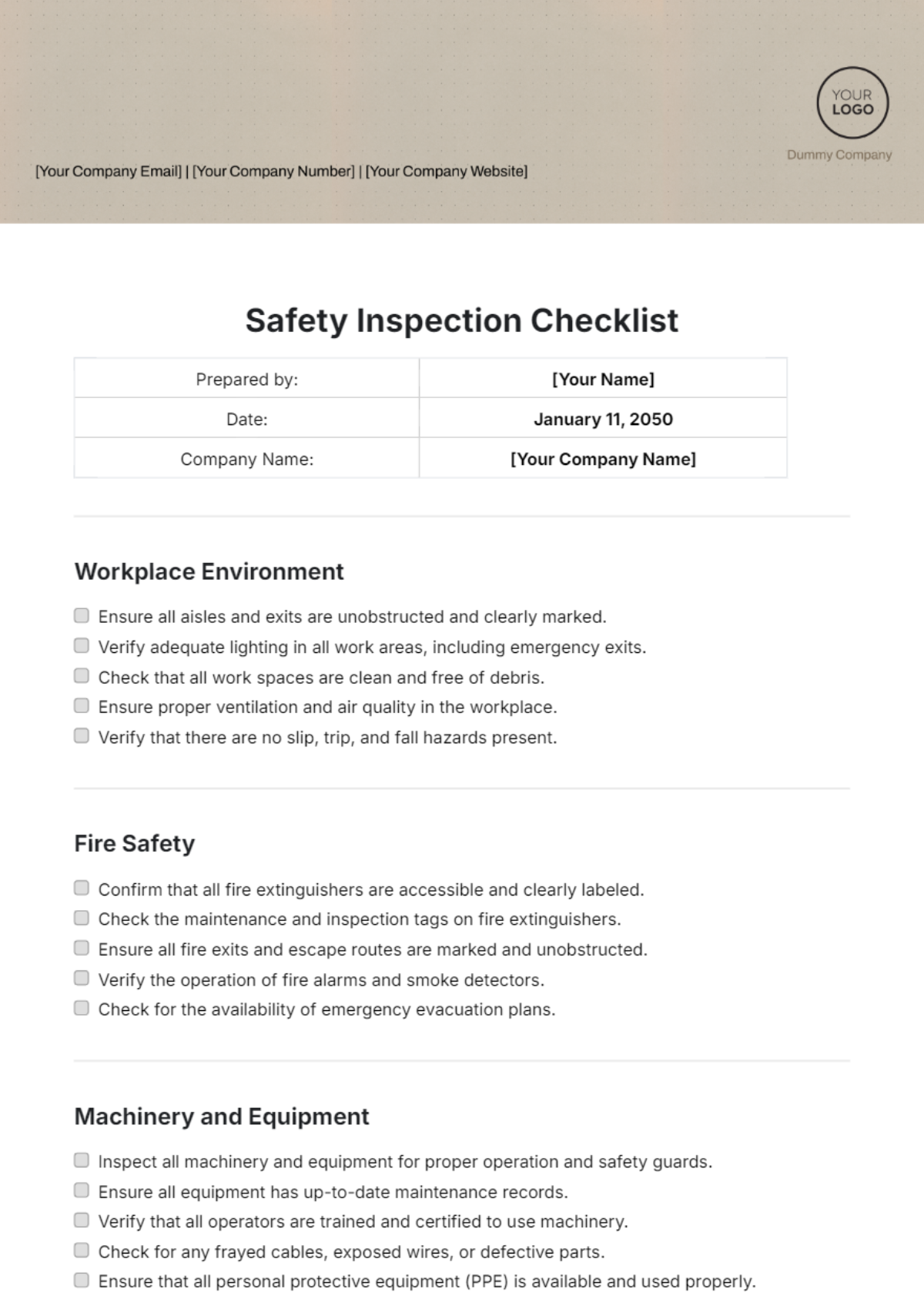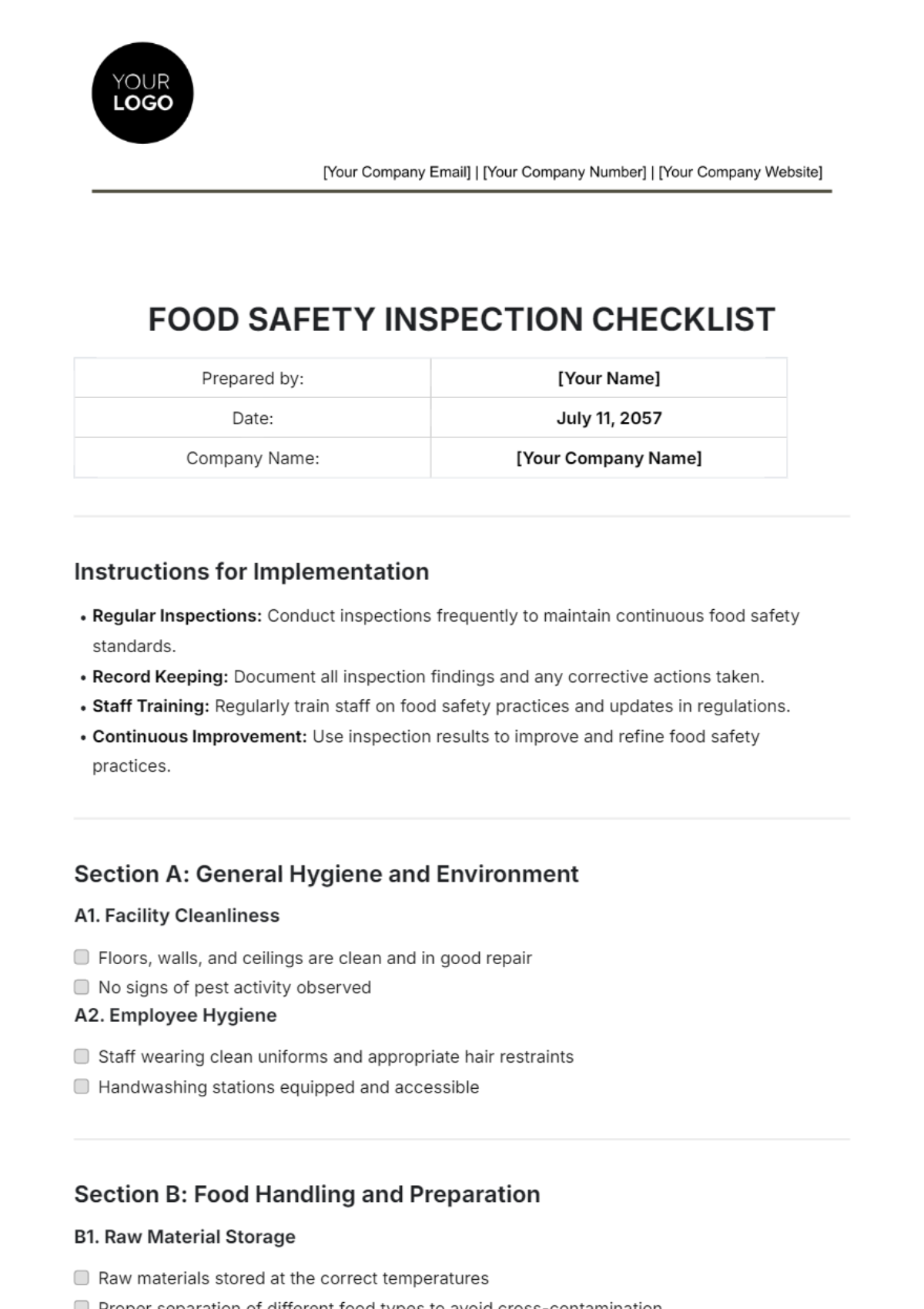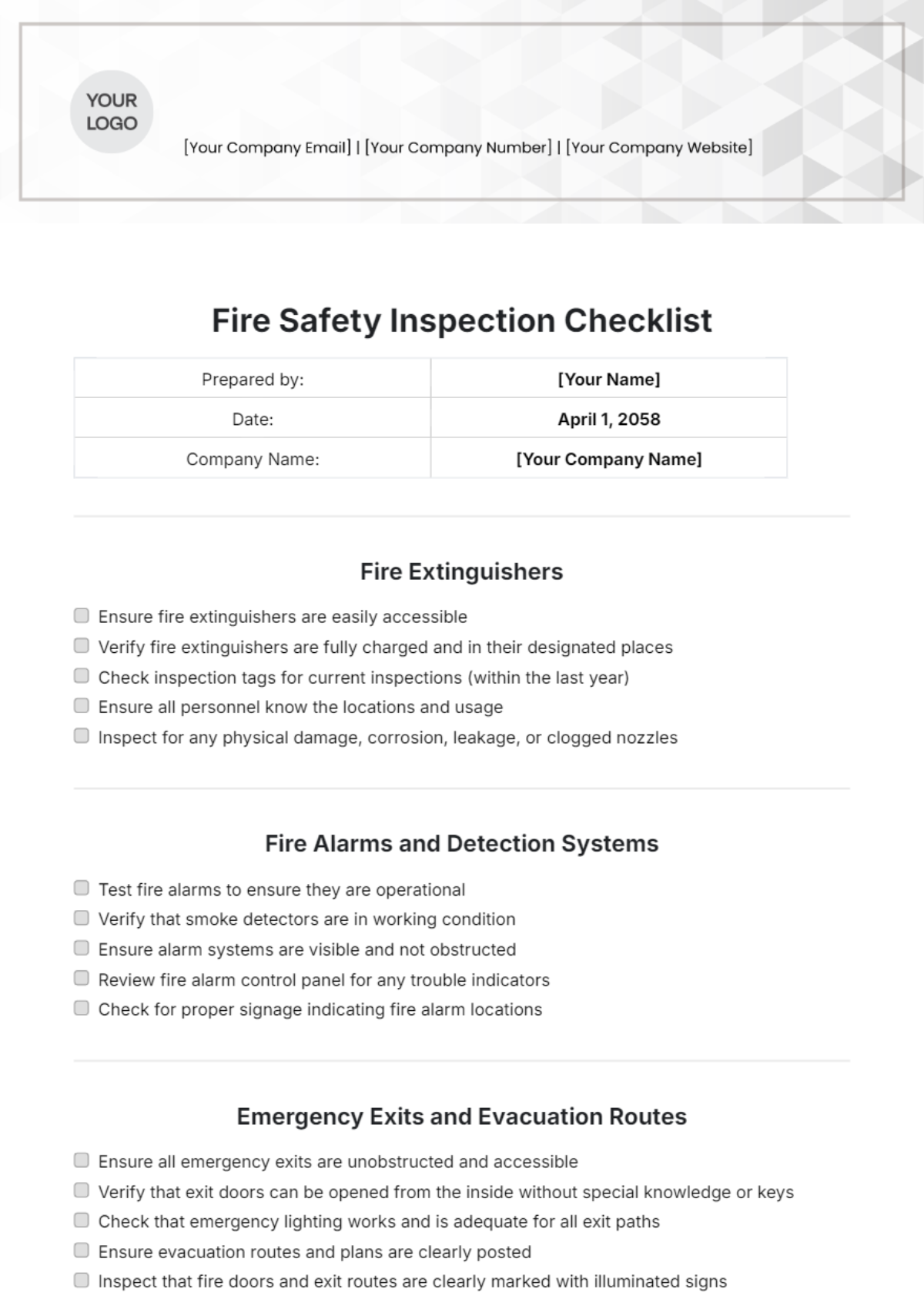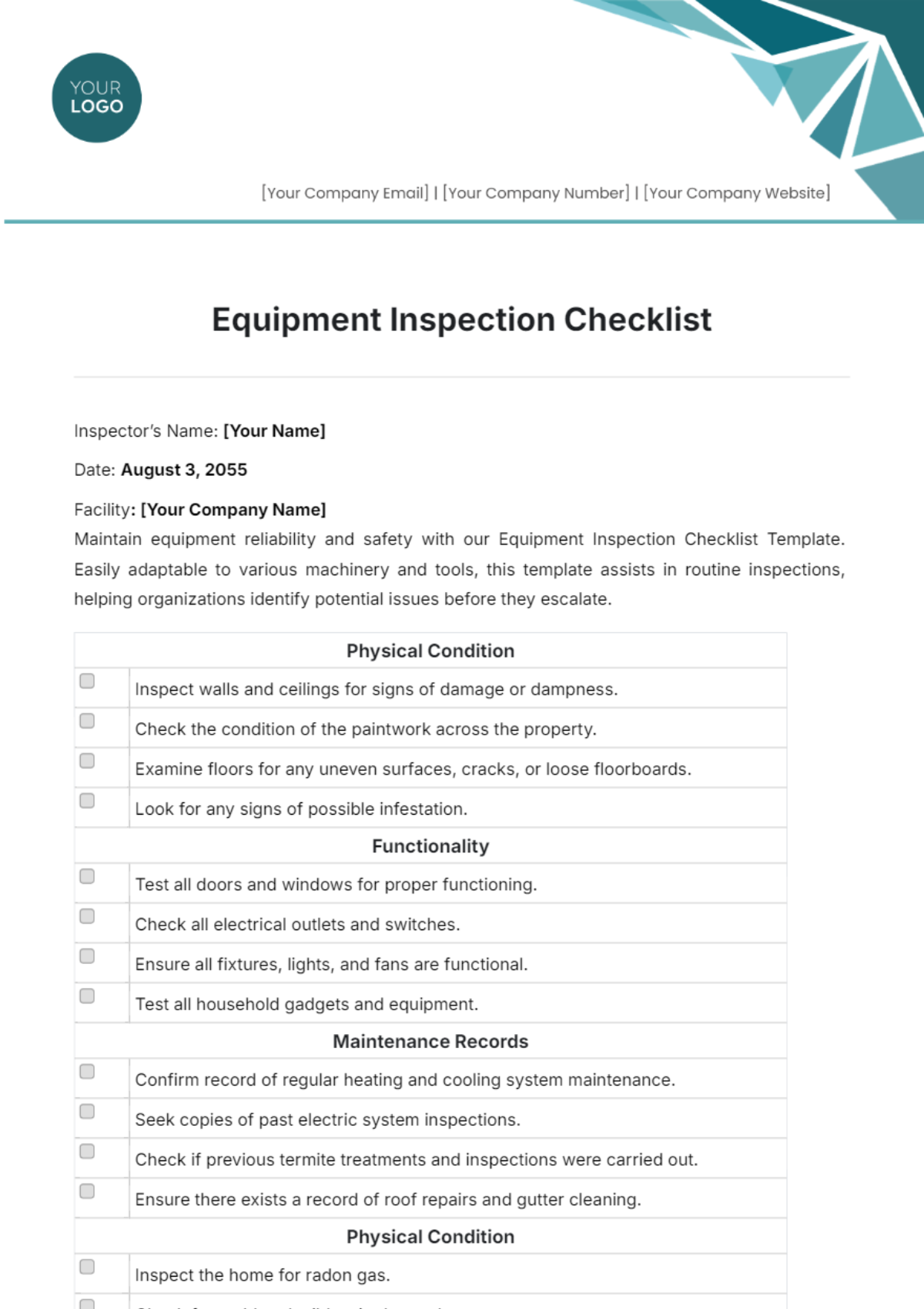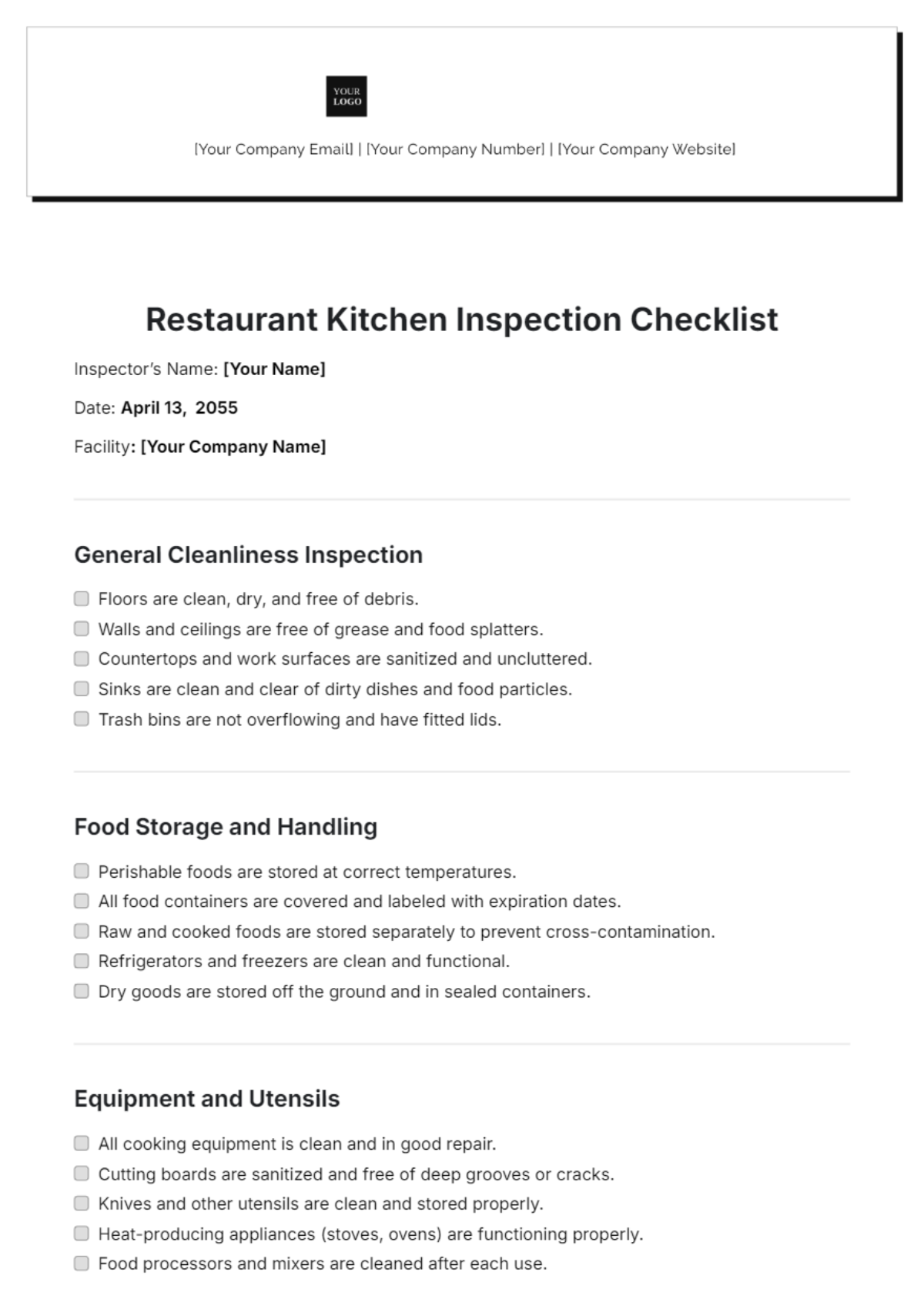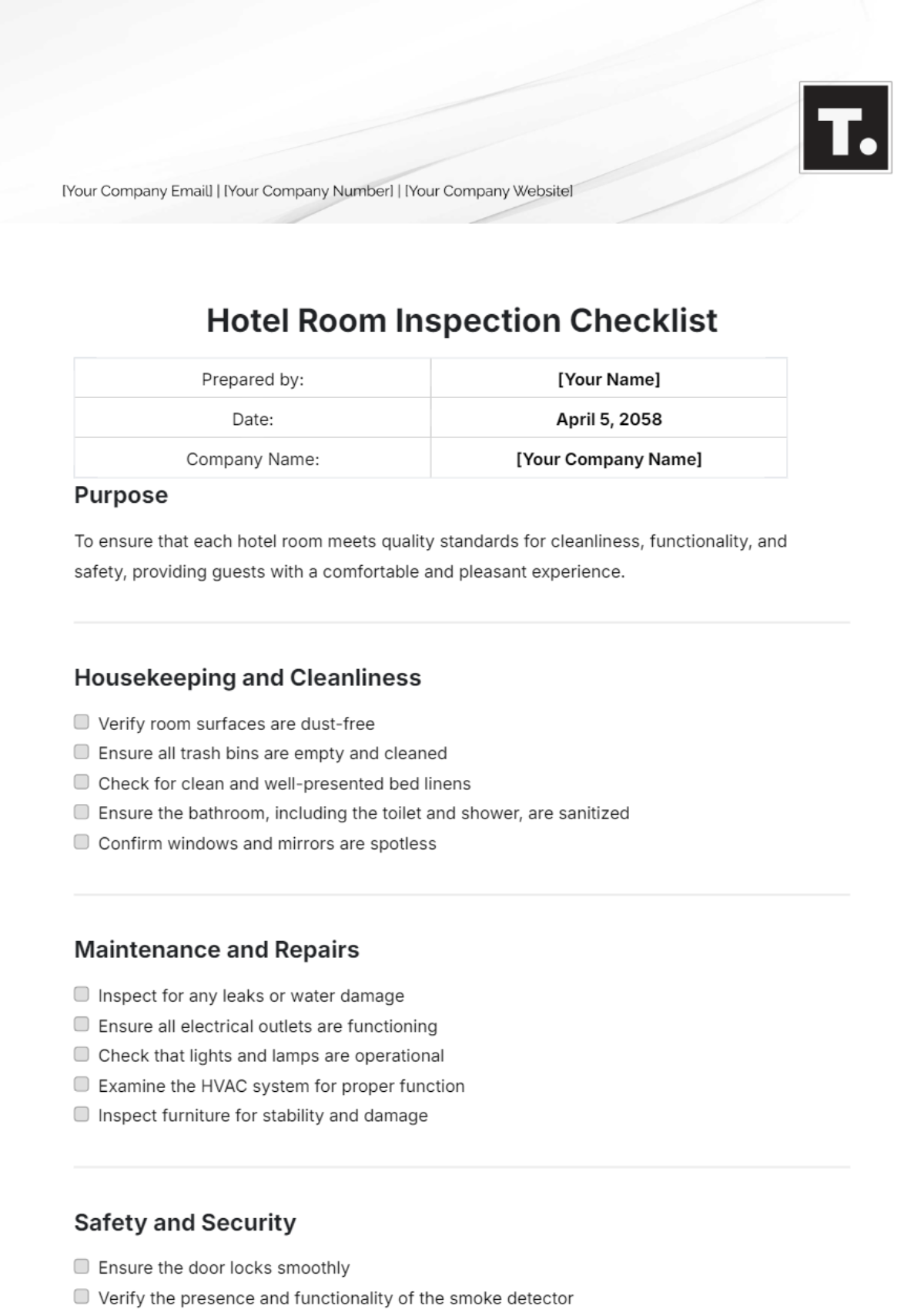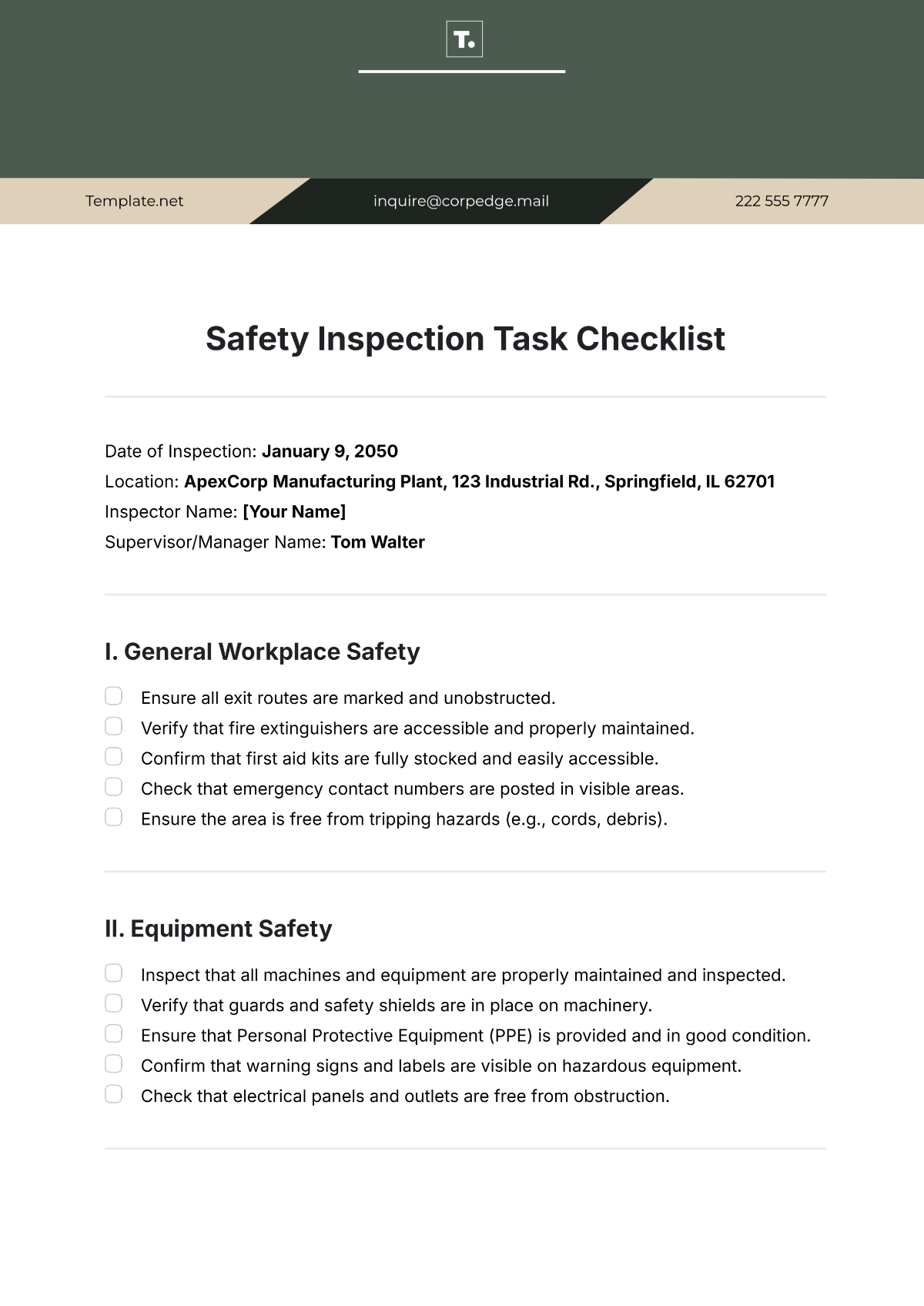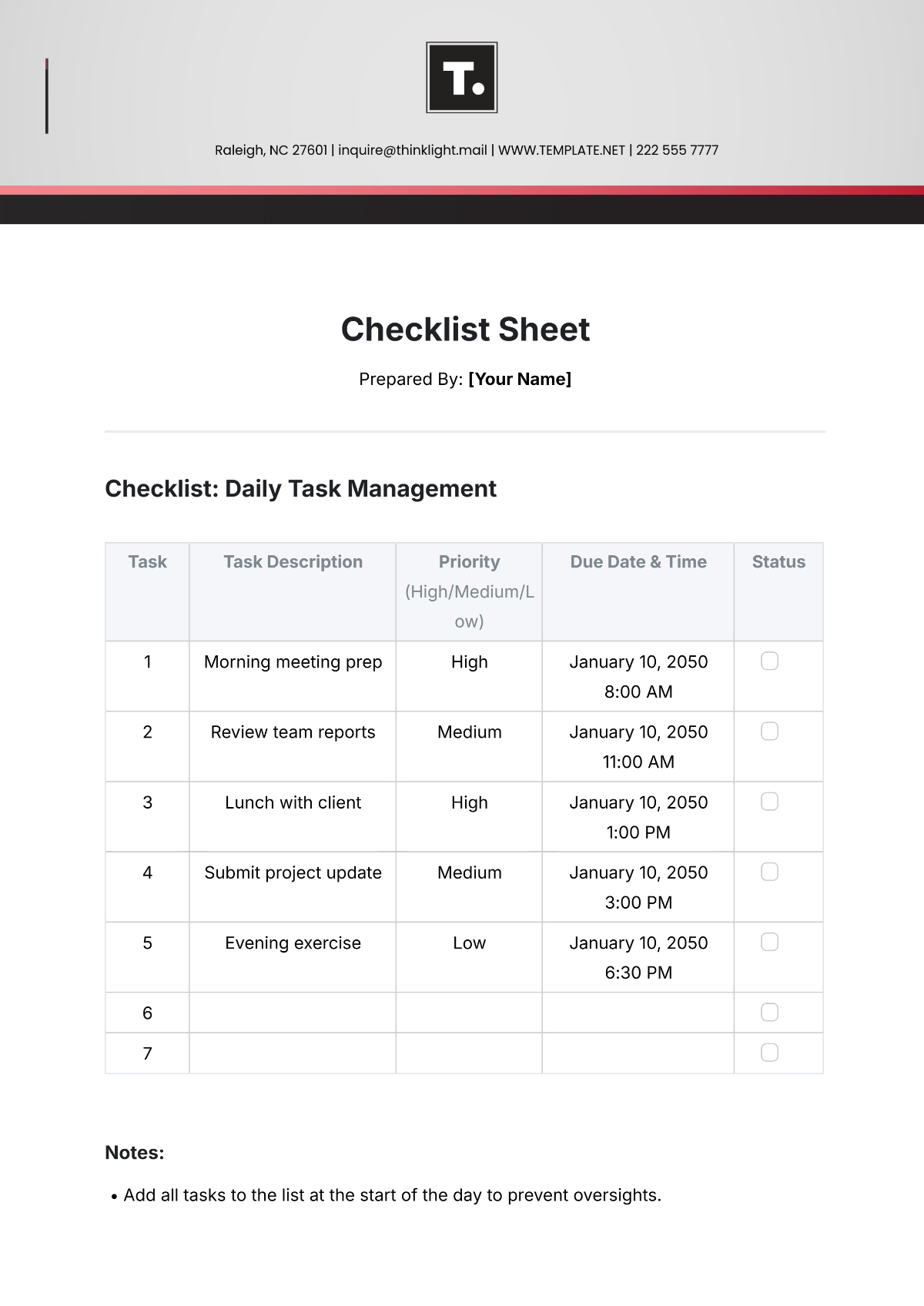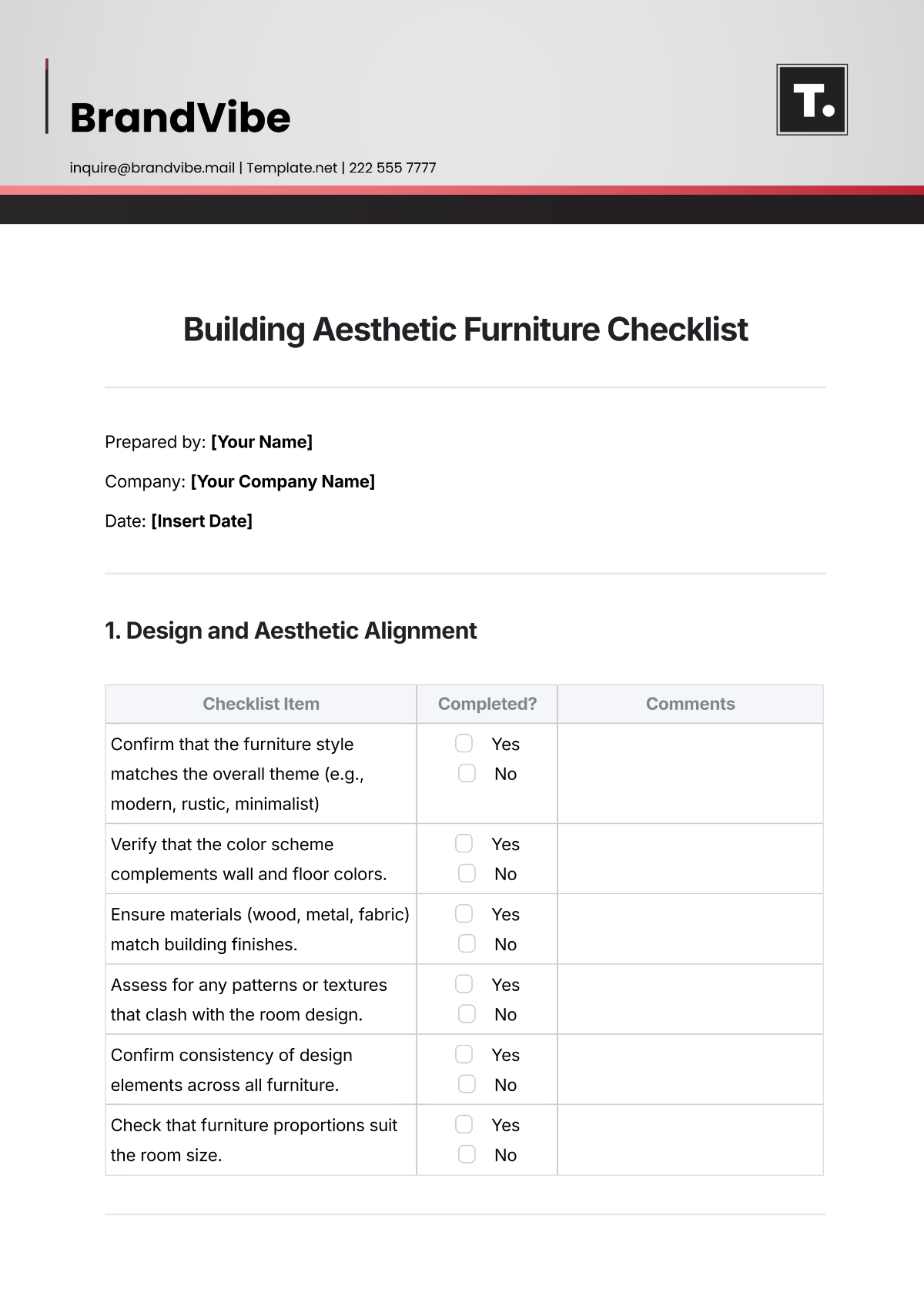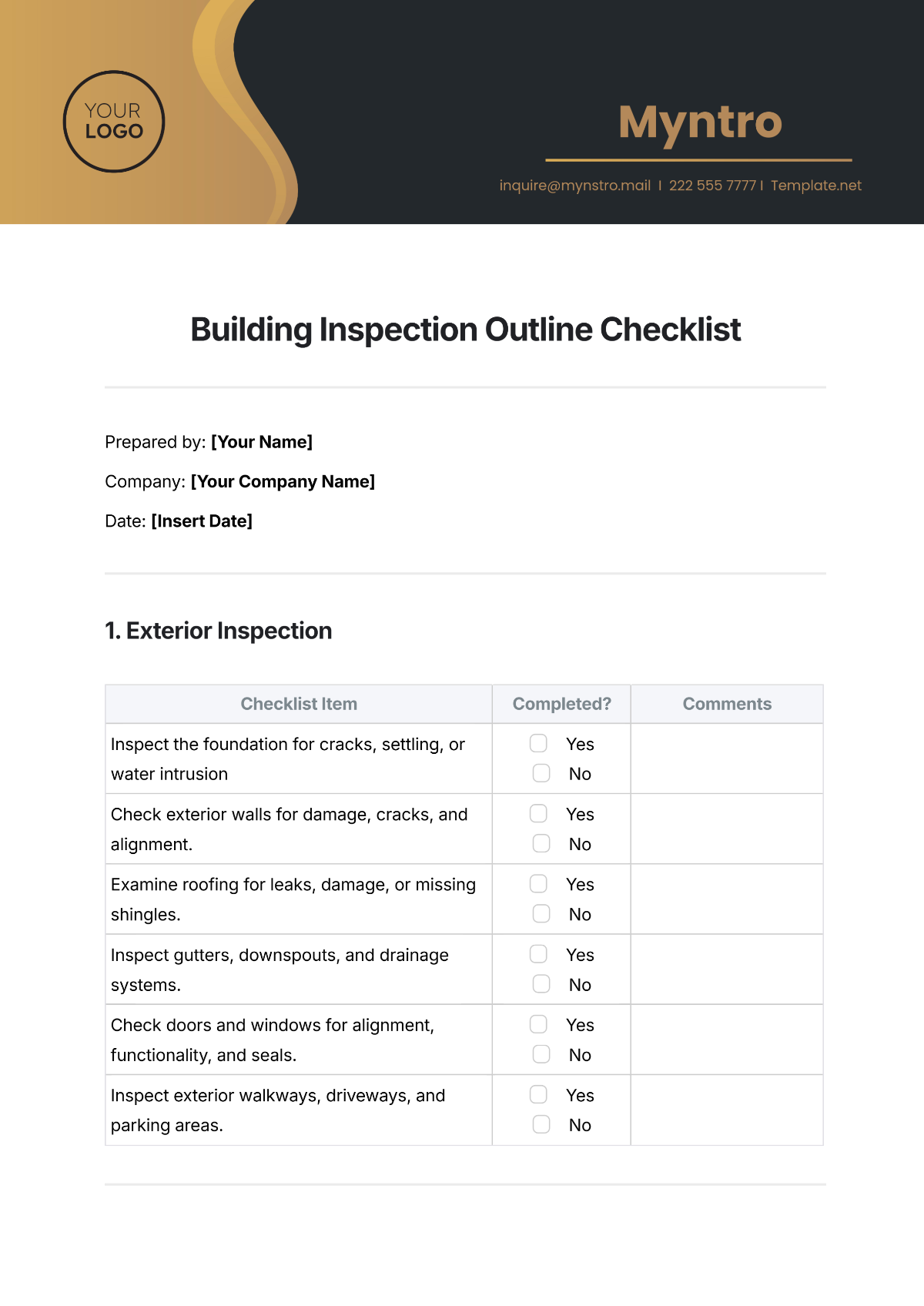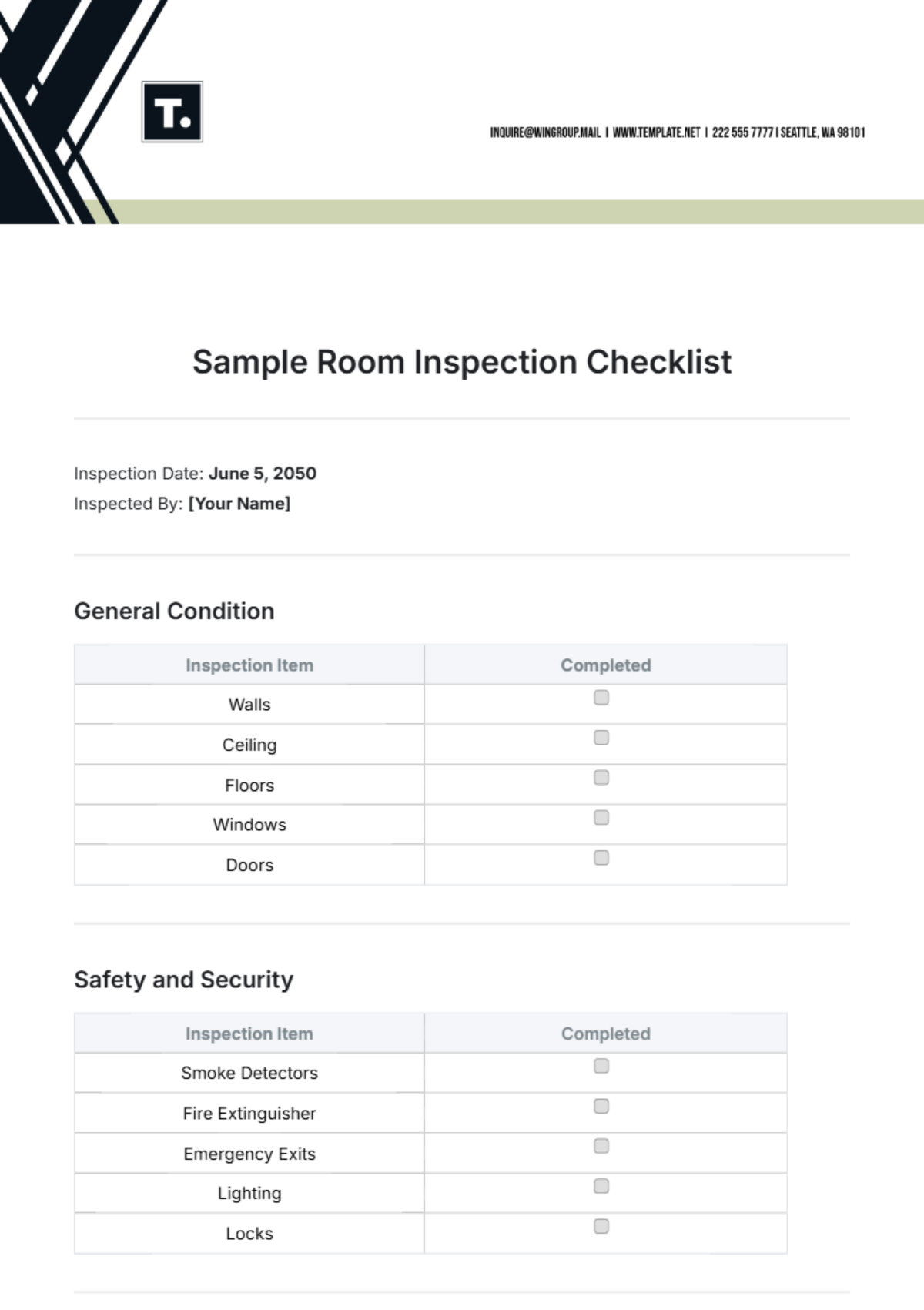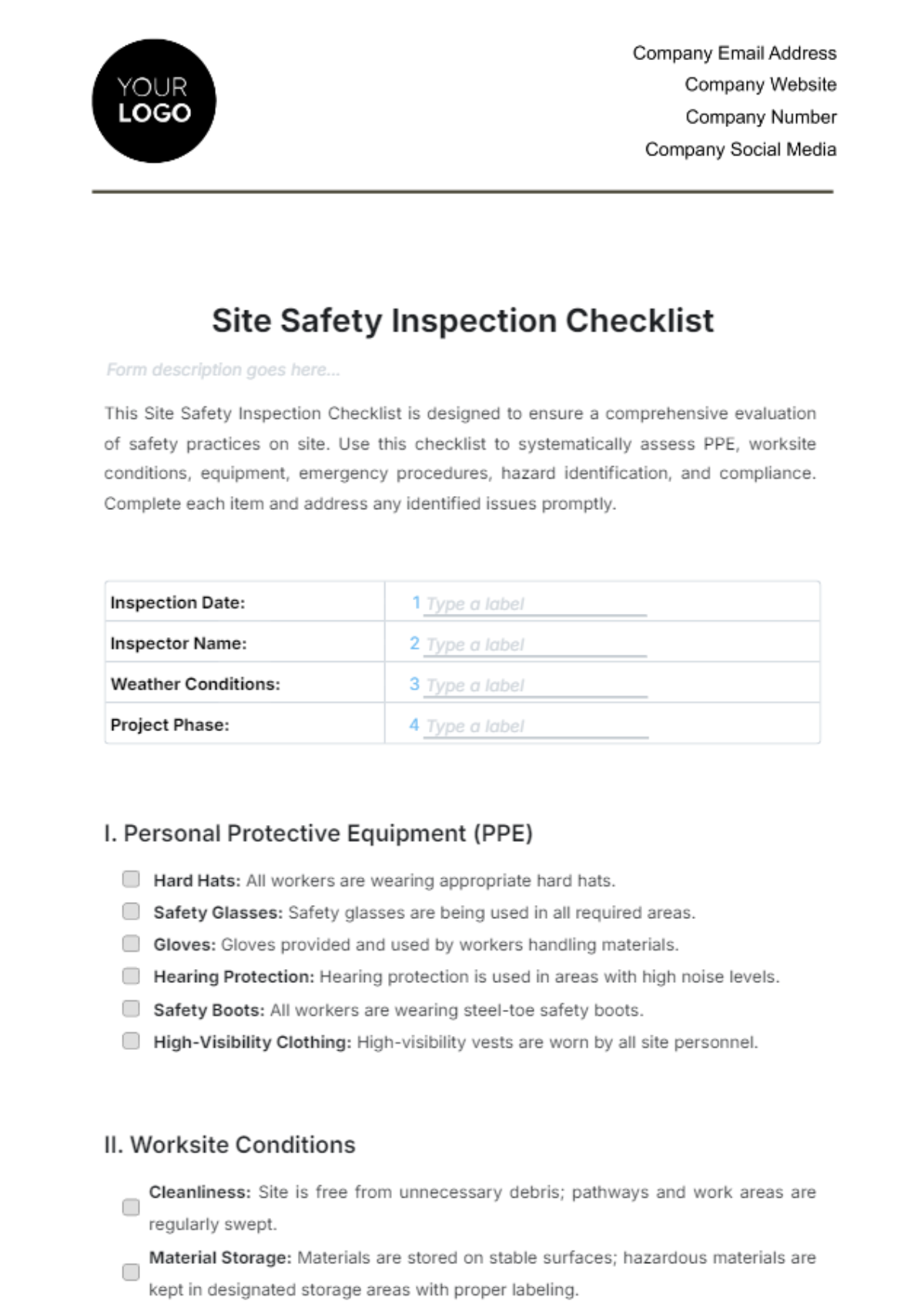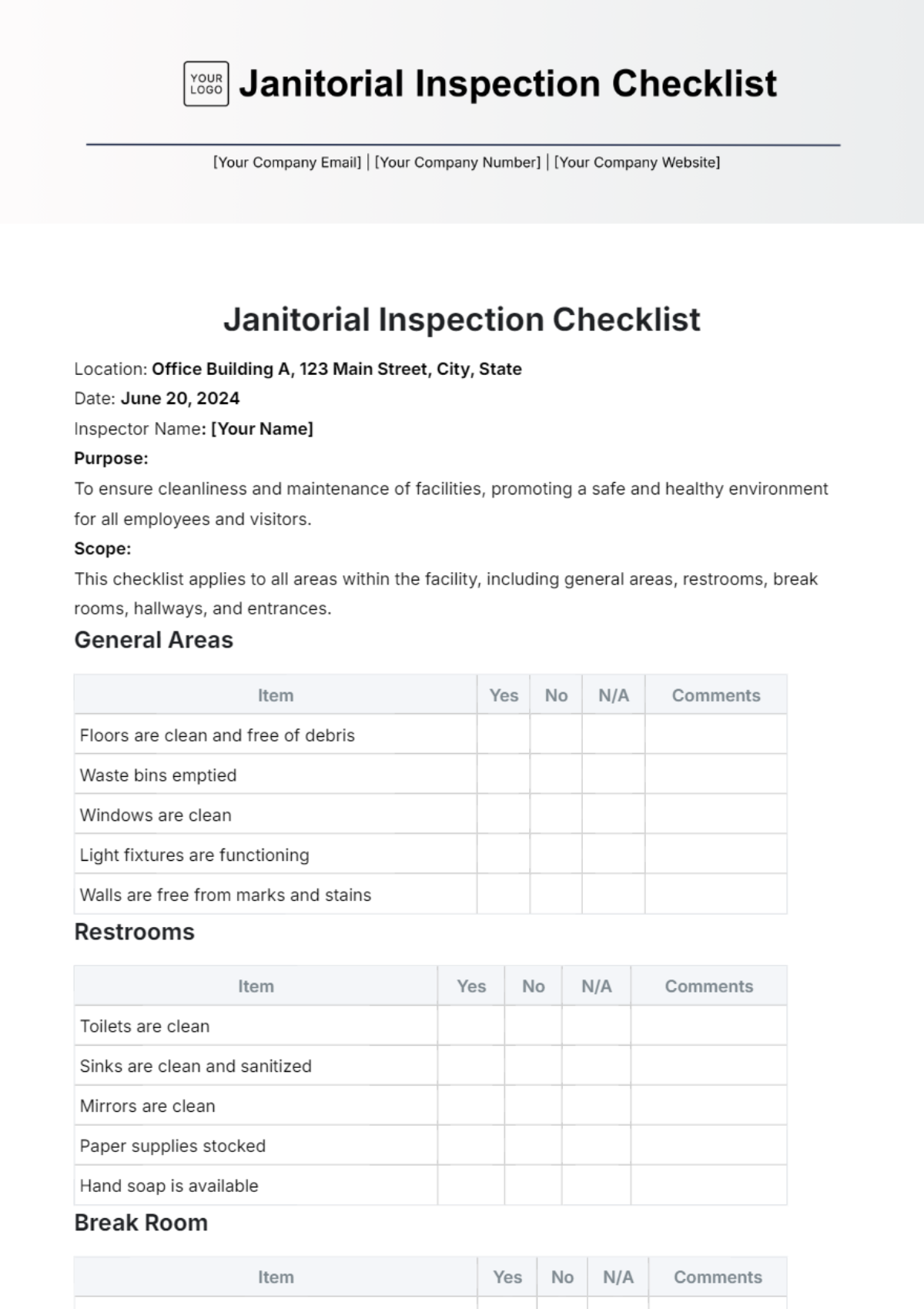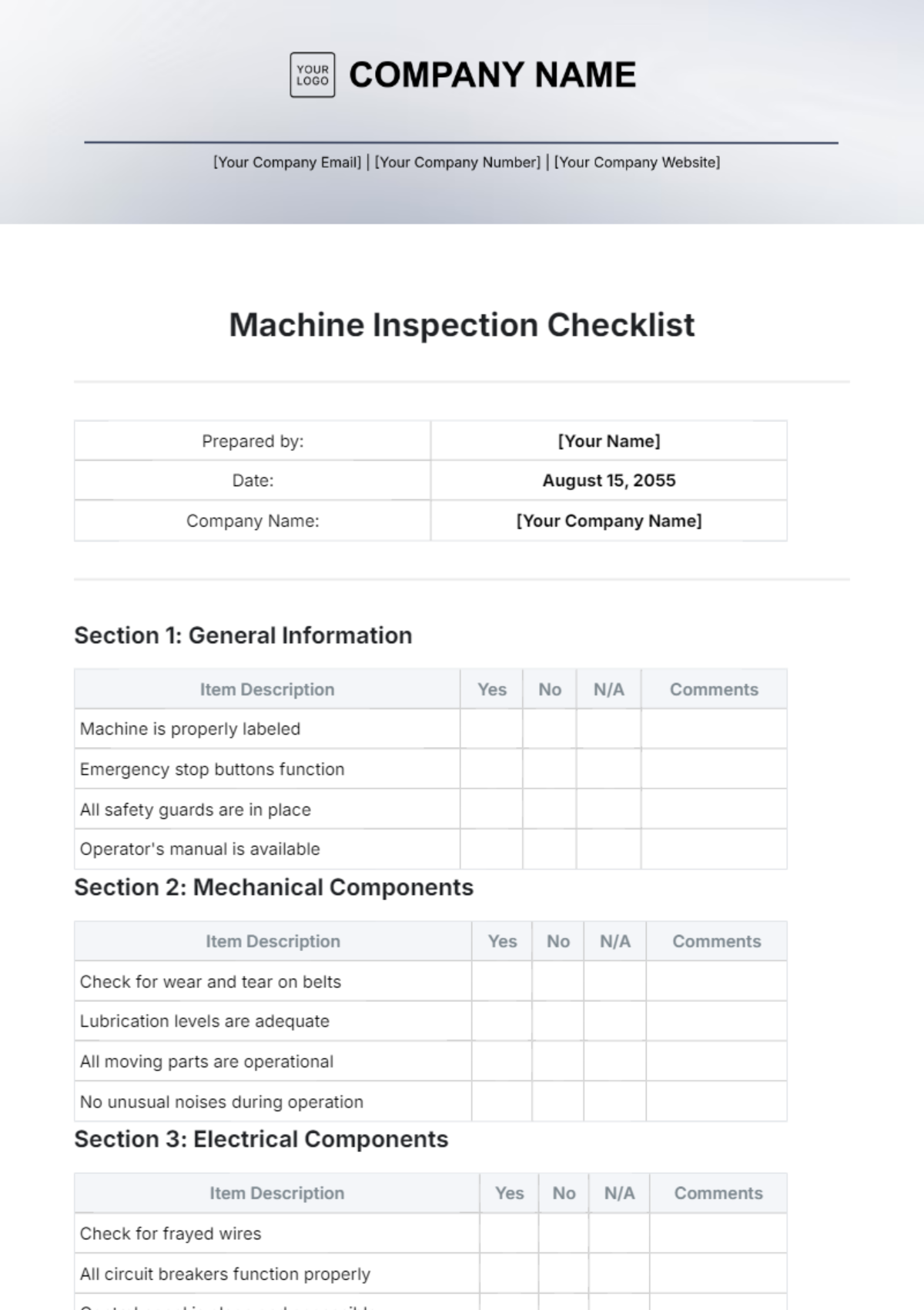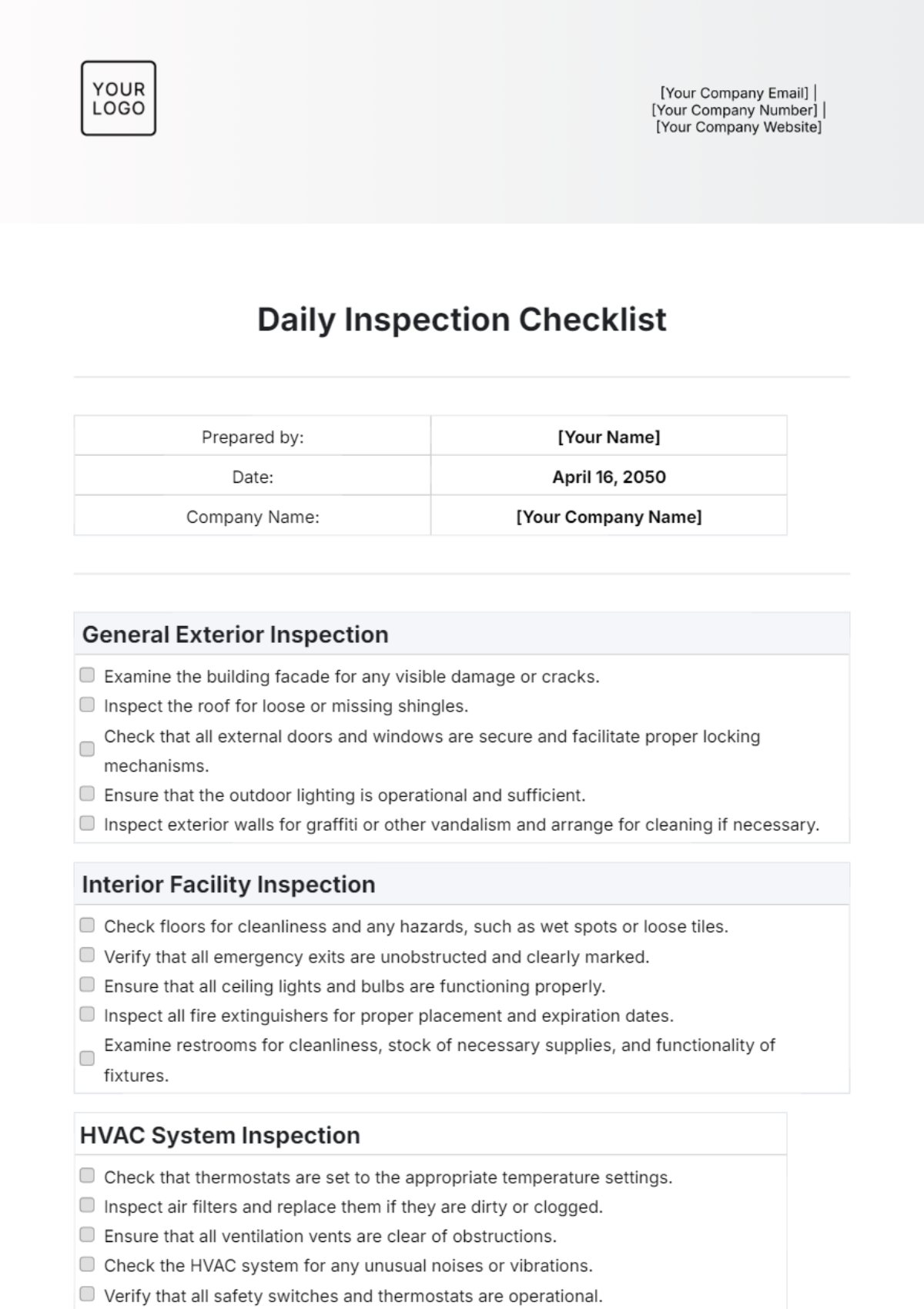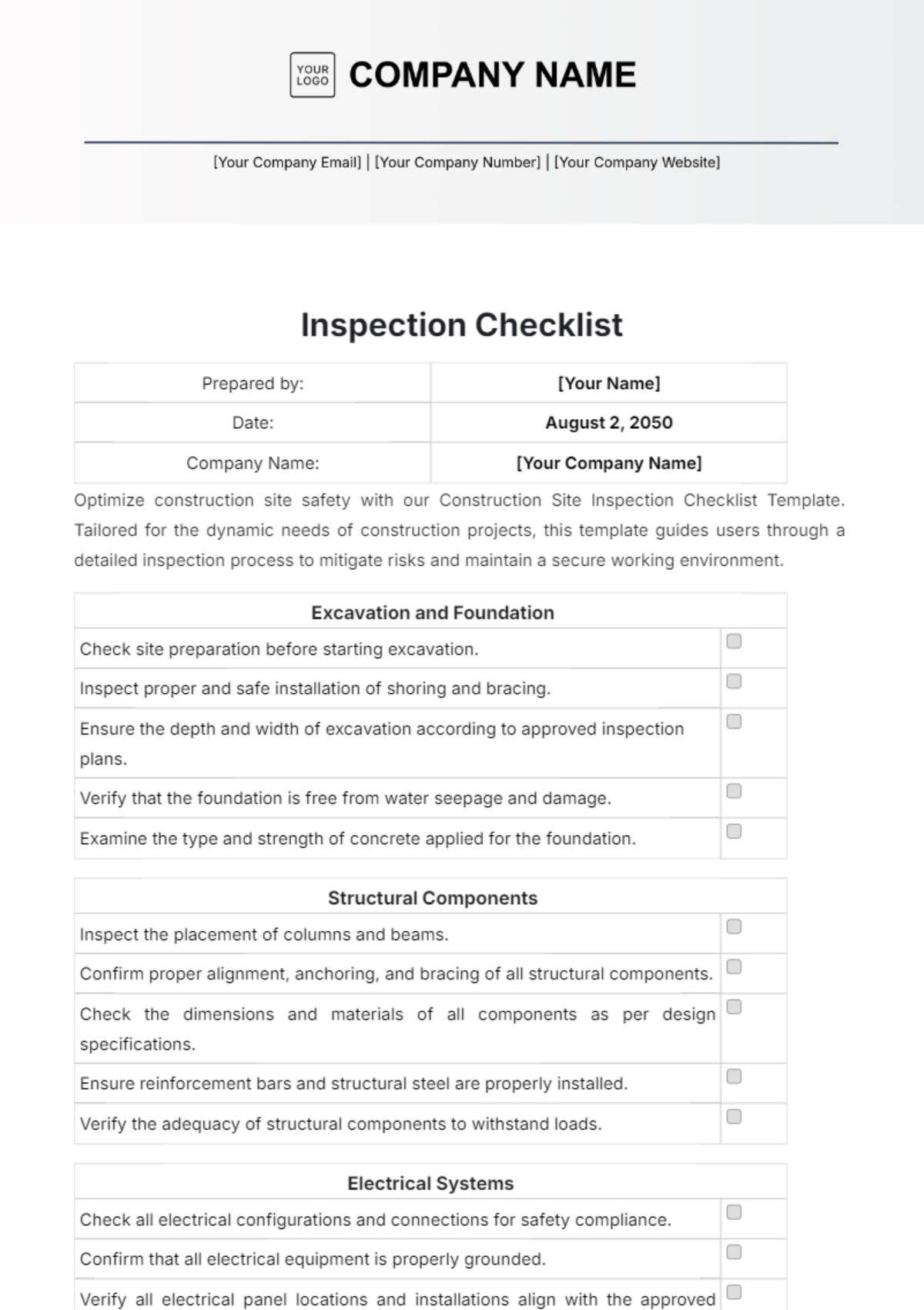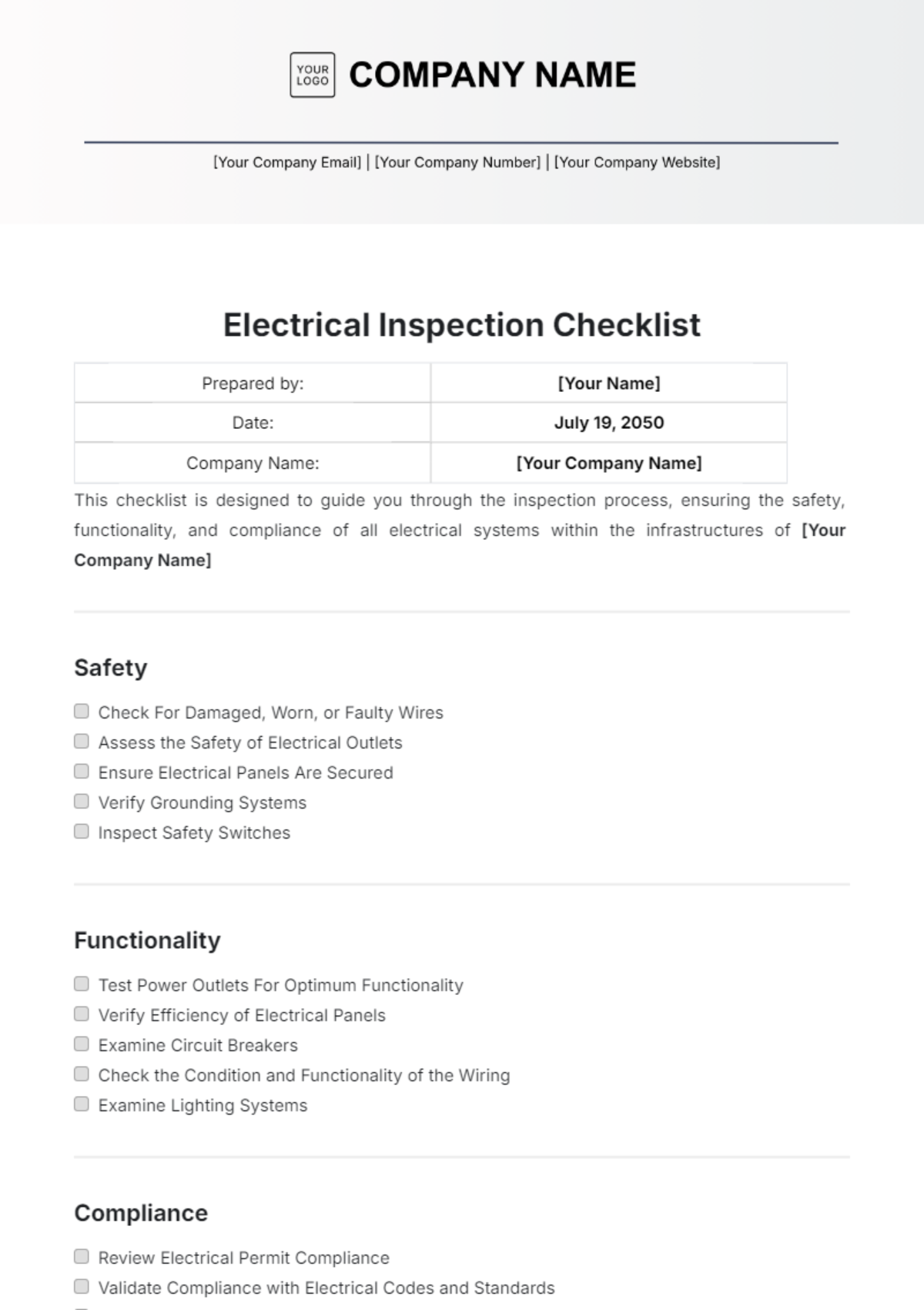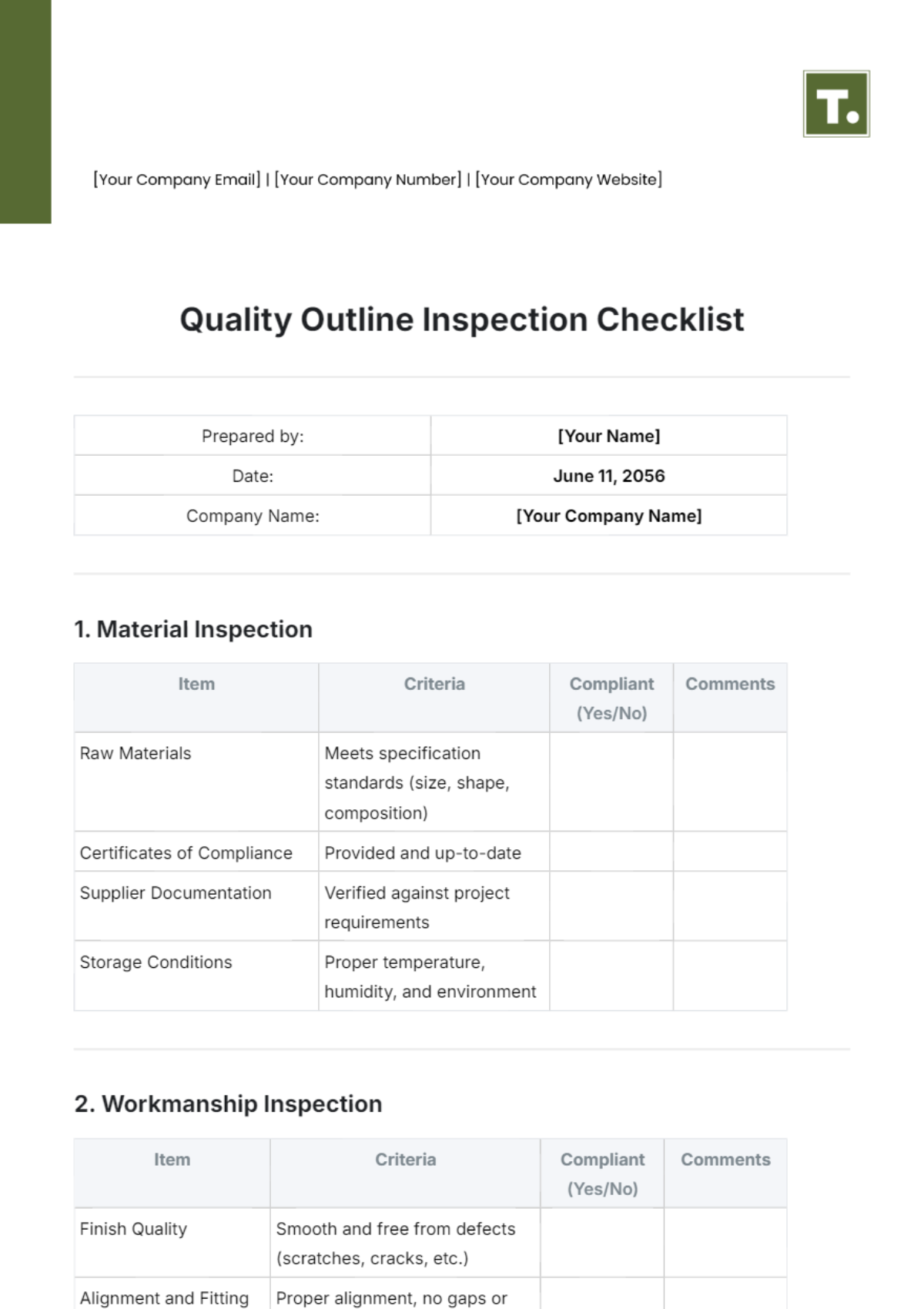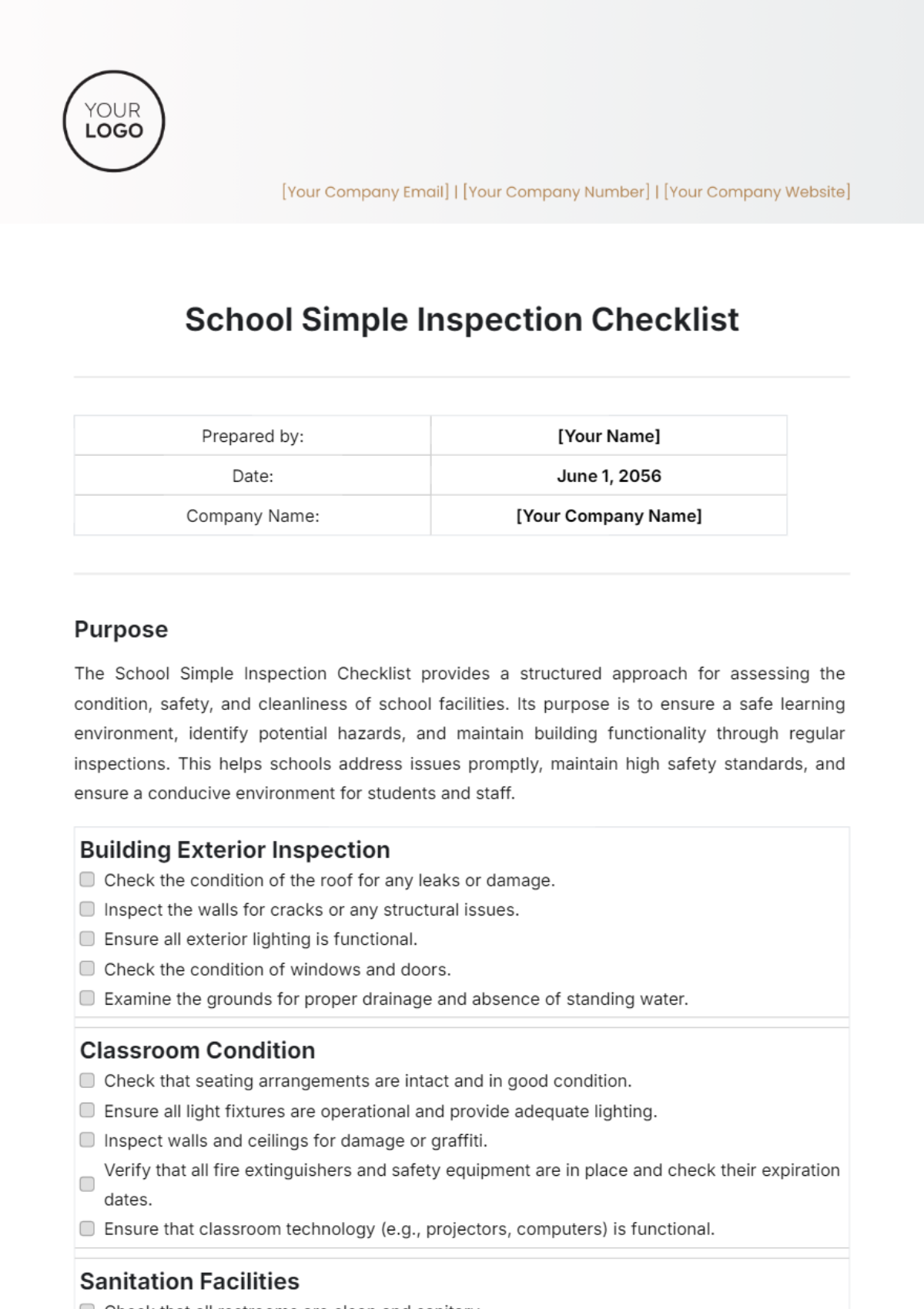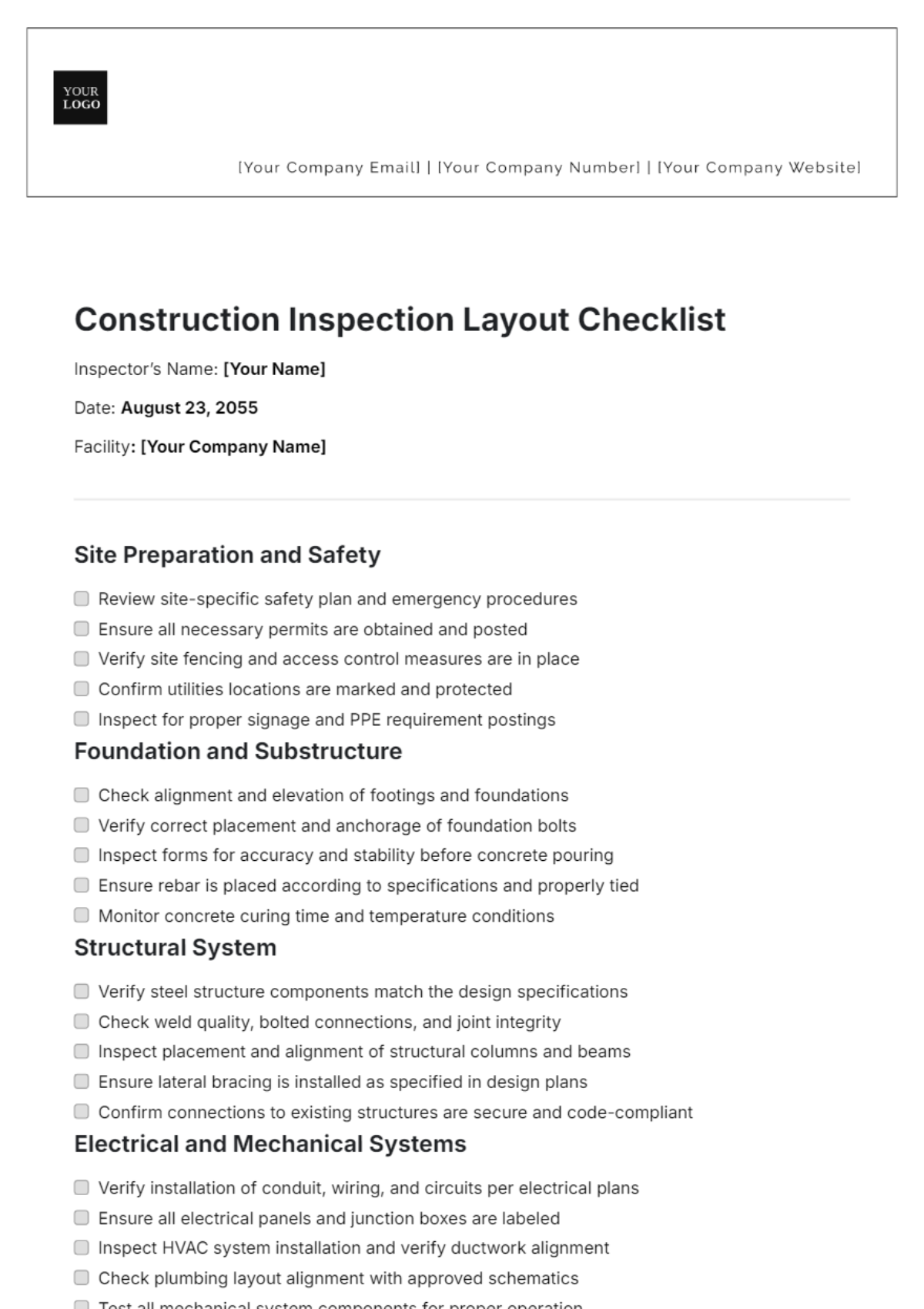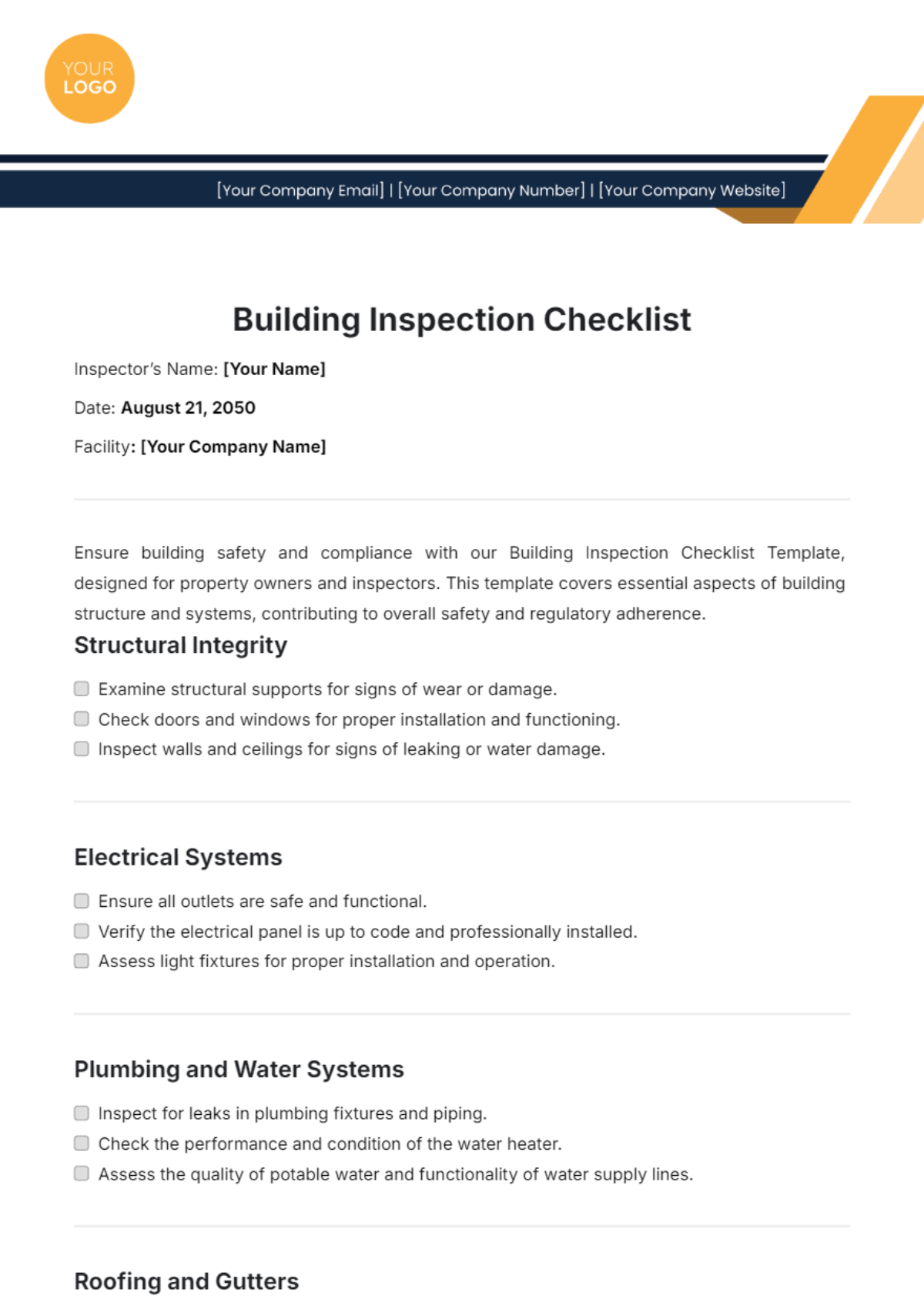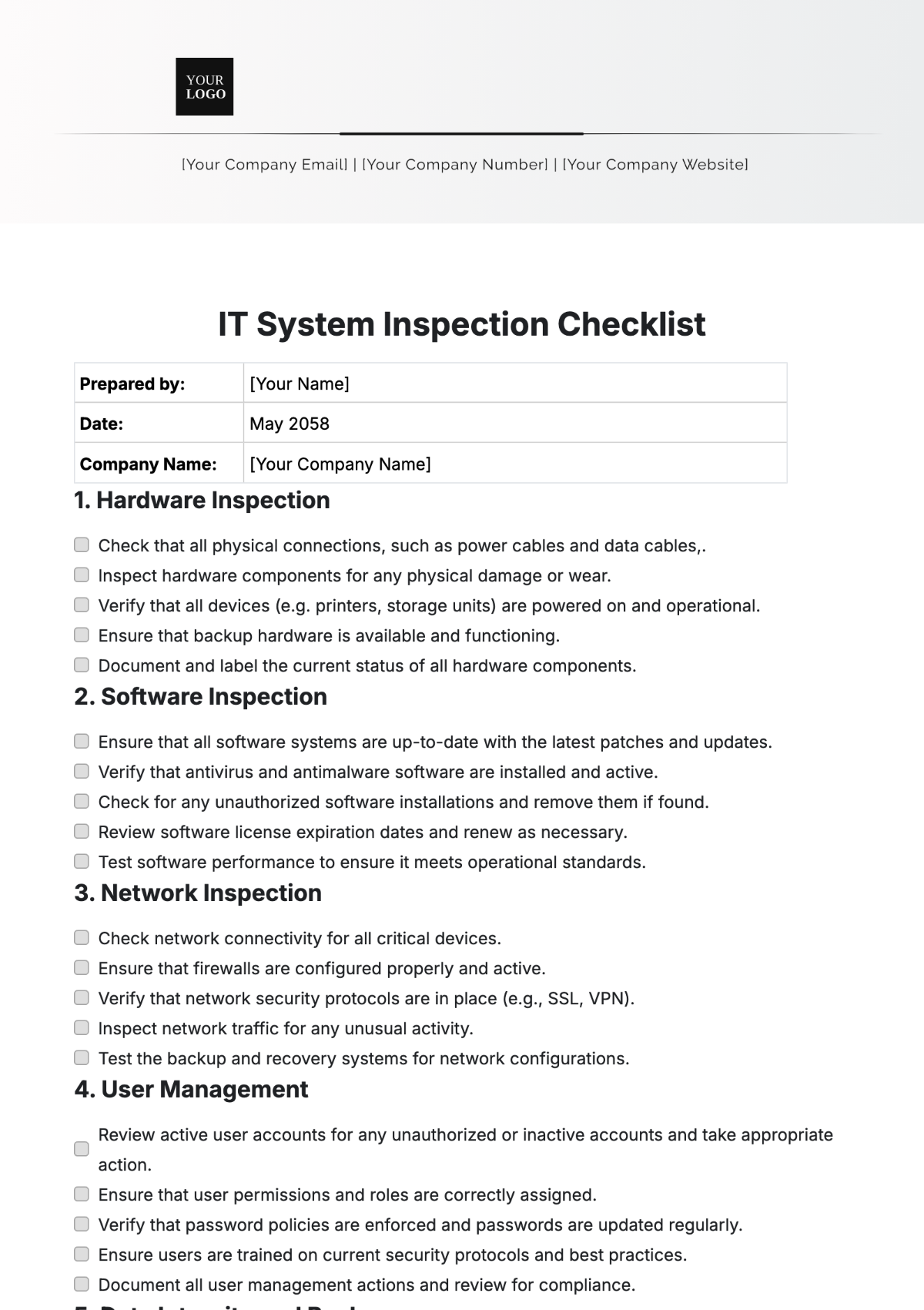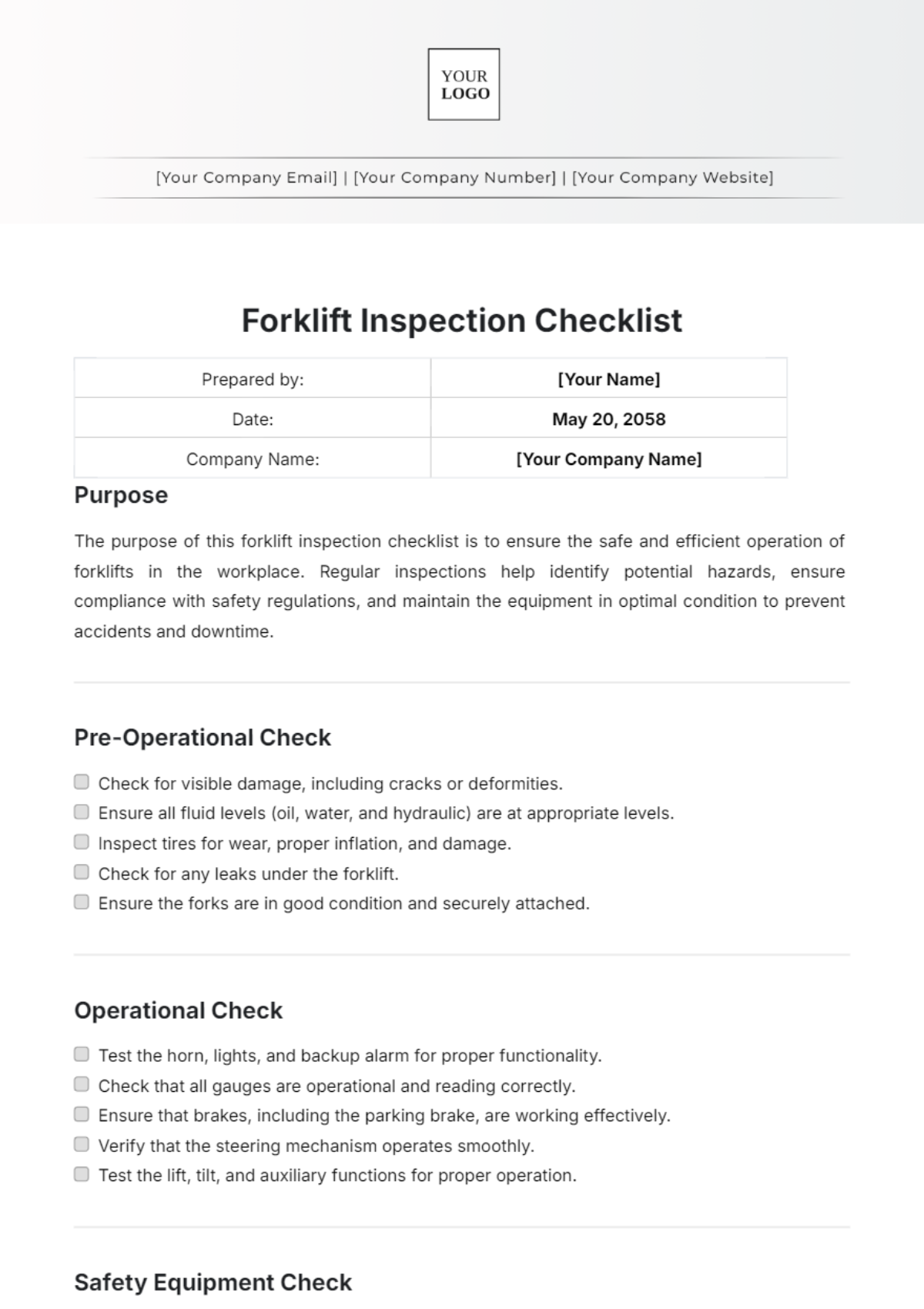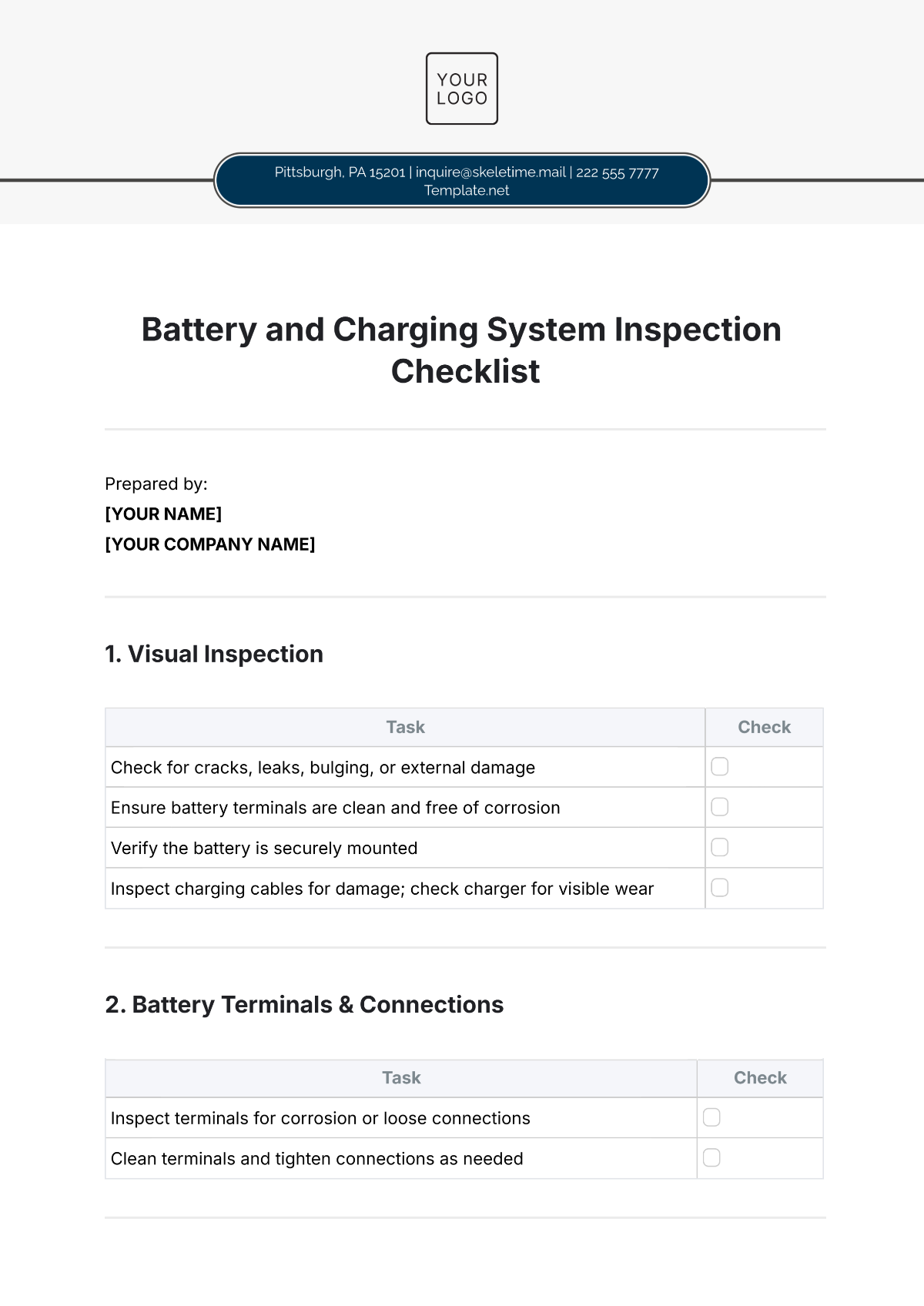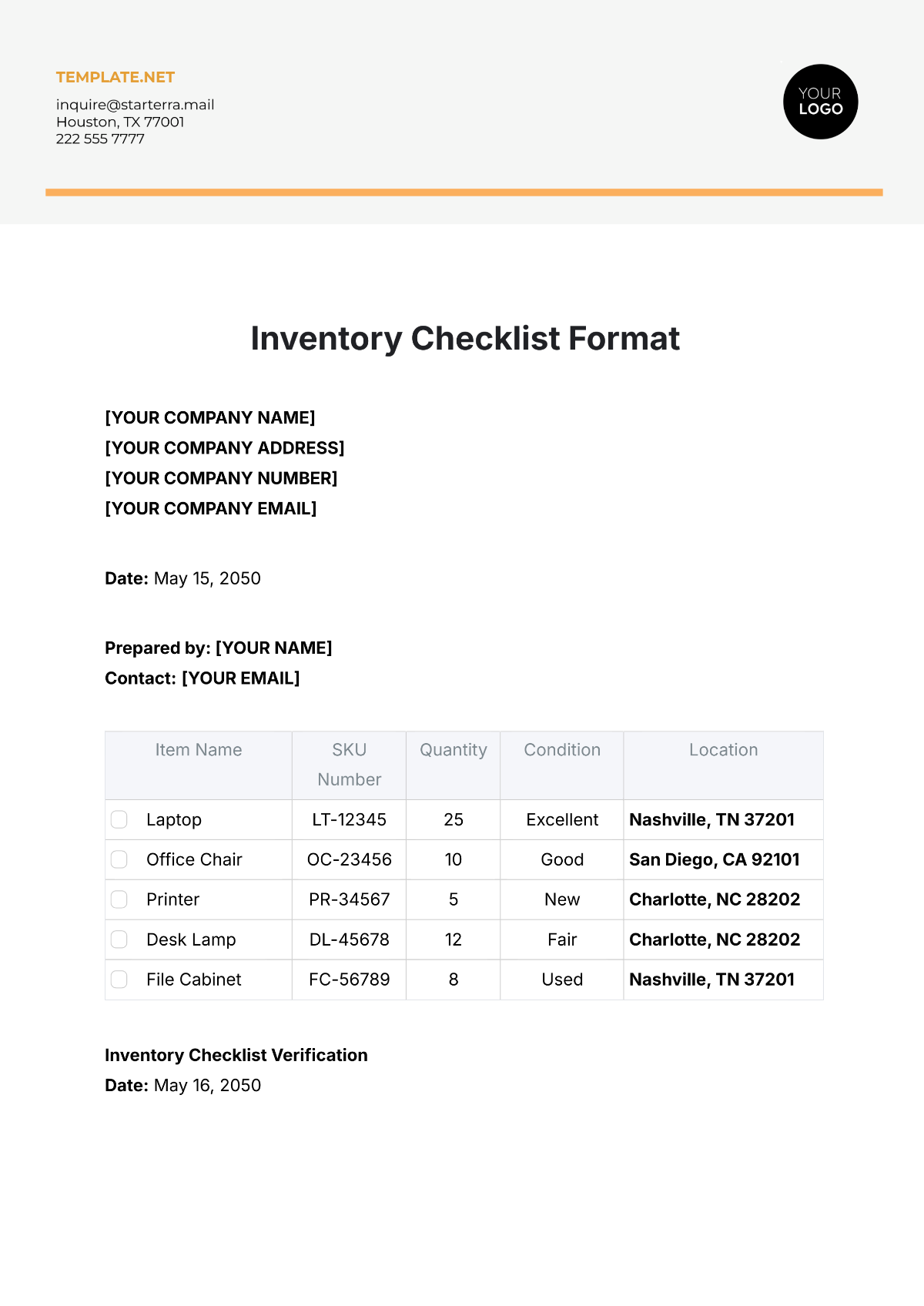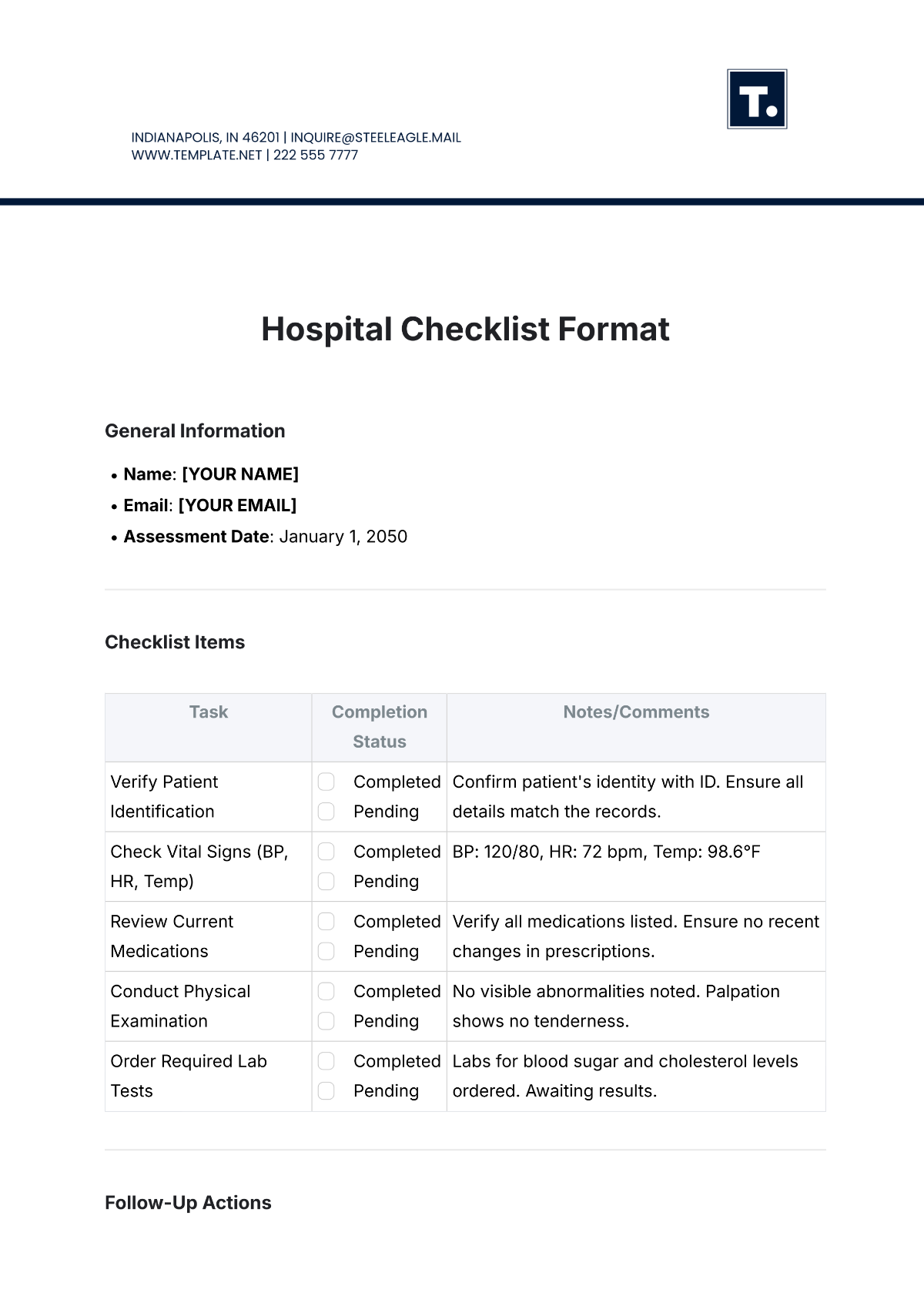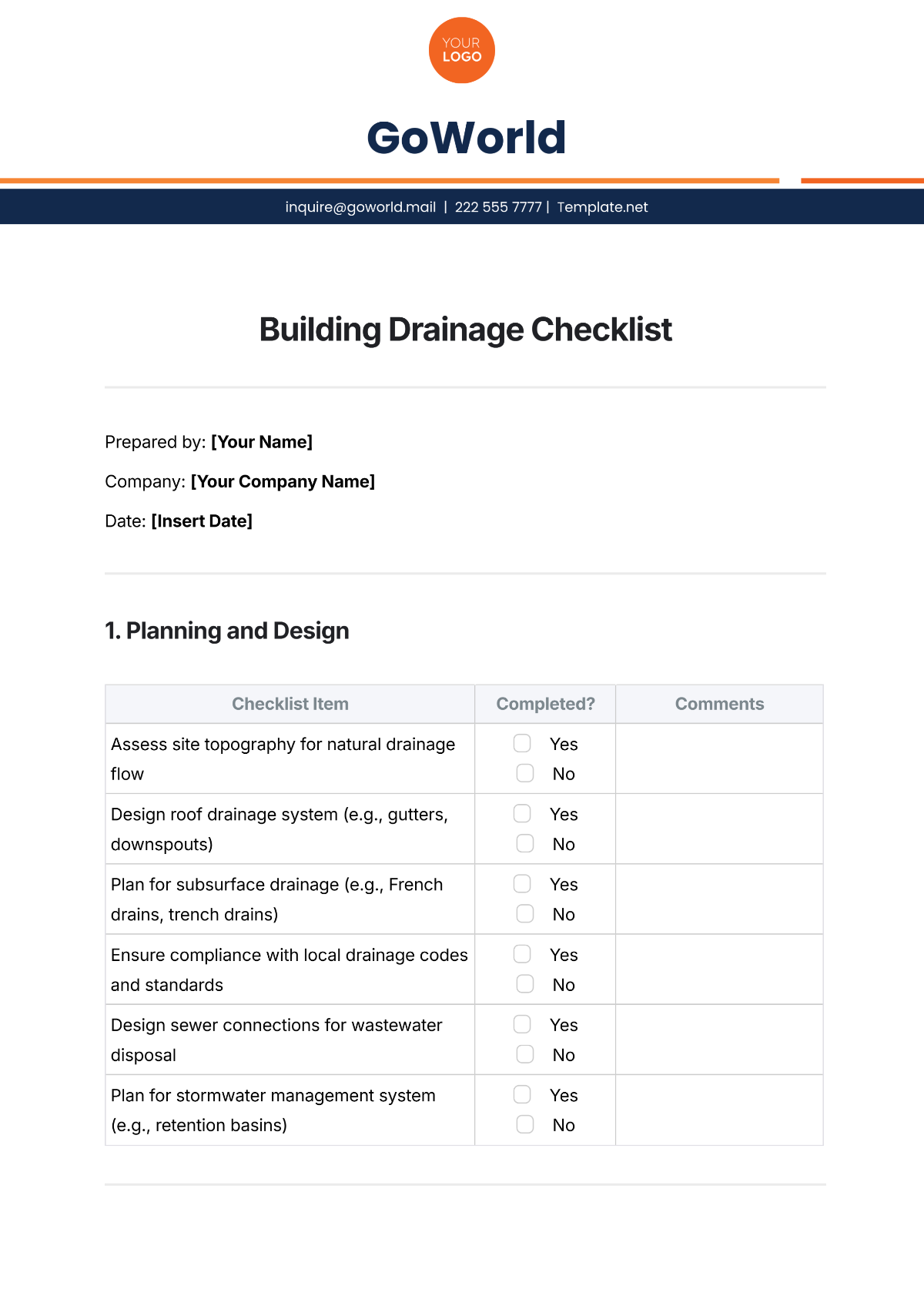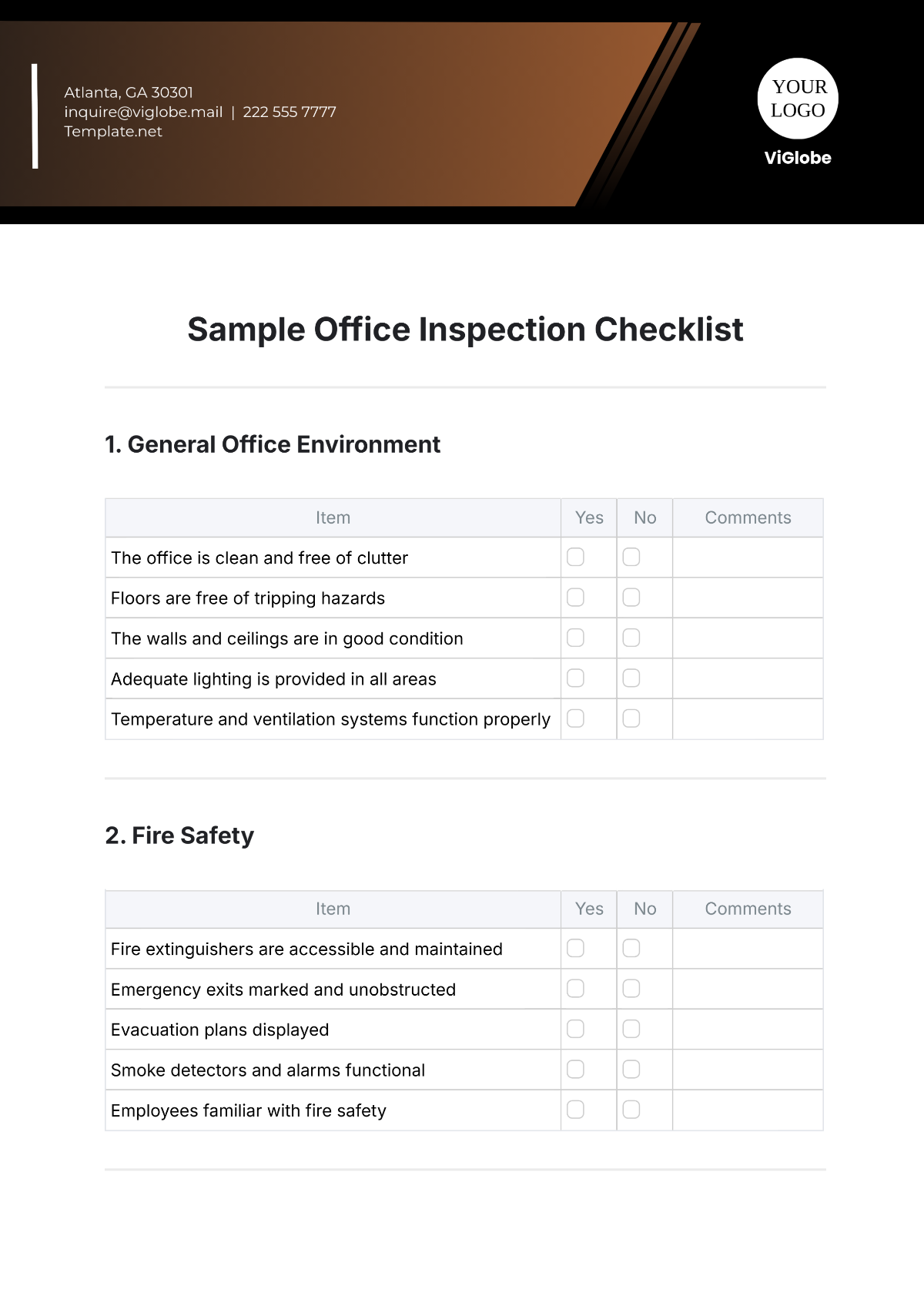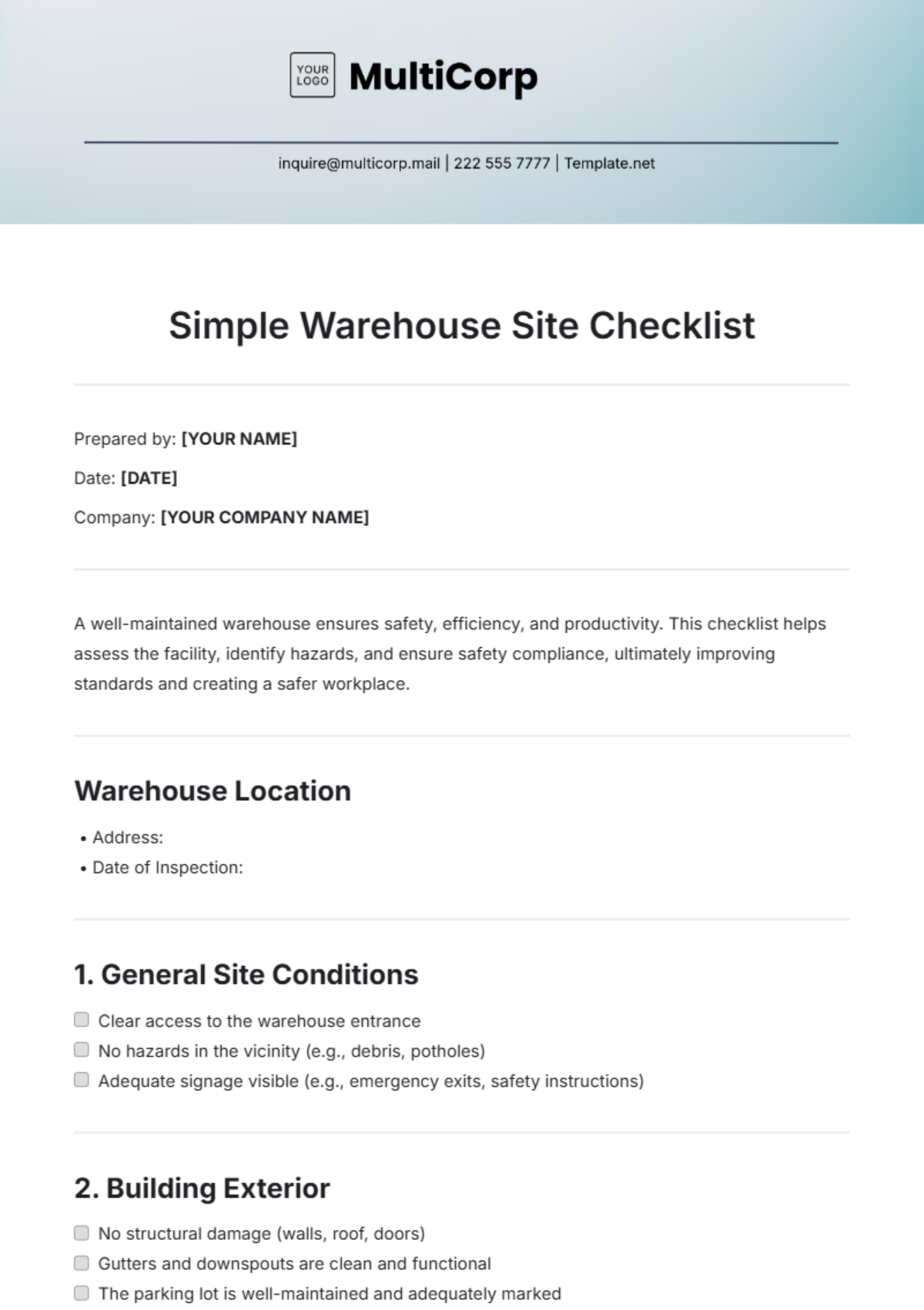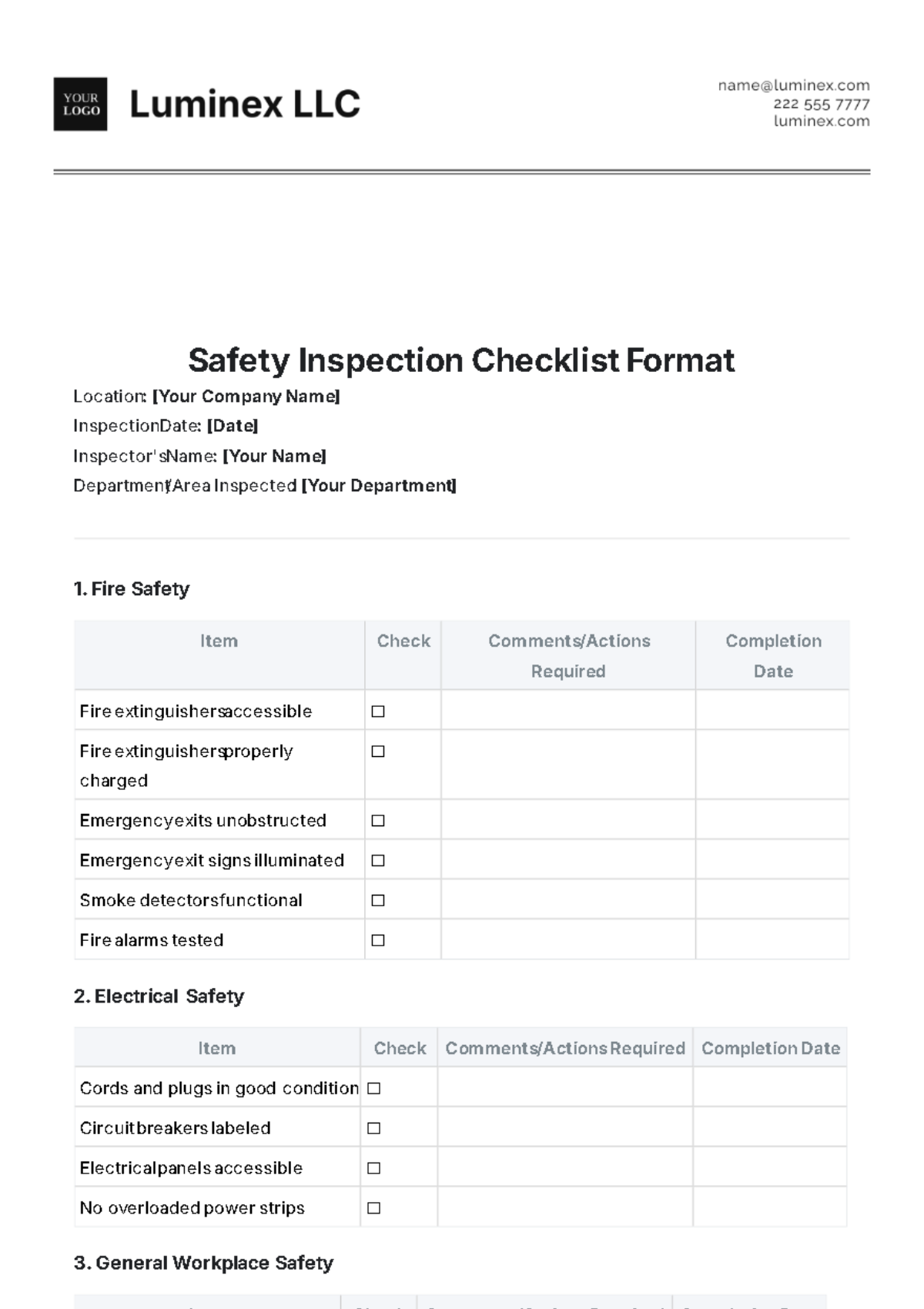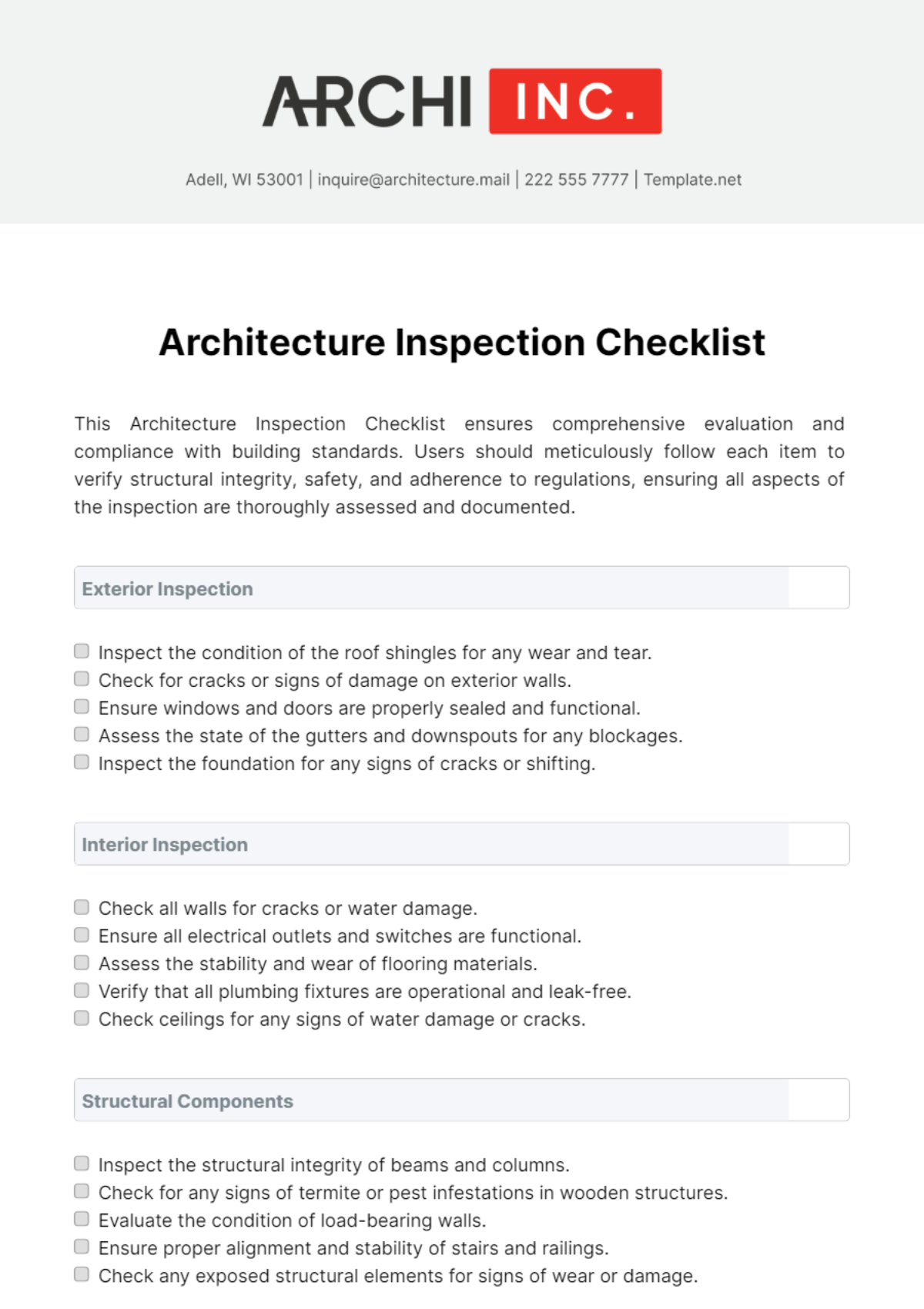Sensory Safe Environment Checklist
This Sensory-Safe Environment Checklist outlines essential considerations for creating a calming natural space. It highlights aspects such as visual aesthetics, auditory tranquility, tactile experiences, olfactory ambiance, and overall comfort, promoting relaxation and well-being through the integration of nature-inspired elements and mindful design principles.
I. Visual Environment
Ample natural light without glare.
Calming colors like soft greens, blues, or earth tones.
Avoid overly stimulating patterns or bright, fluorescent lighting.
II. Auditory Environment
Minimize artificial noise sources, encouraging natural sounds.
Utilize sound-absorbing materials and consider water features for ambient noise.
Incorporate landscaping to mitigate disruptive noises.
III. Tactile Environment
Include natural textures like smooth stones, soft grass, or rough tree bark.
Offer comfortable seating with plush cushions or ergonomic designs.
Provide tactile stimulation with sensory gardens or textured pathways.
IV. Olfactory Environment
Integrate fragrant plants for natural aromatherapy.
Avoid strong chemical scents; and promote ventilation for fresh air.
Consider essential oil diffusers with calming scents.
V. Overall Comfort
Provide ample seating with comfortable cushions or benches.
Create shaded areas to prevent overheating.
Maintain a comfortable temperature range.
Regularly assess cleanliness and safety.
Tips:
Opt for natural light and calming colors.
Minimize noise and embrace nature's sounds.
Include natural textures and safe pathways.
Integrate fragrant plants or oils.
Ensure ample seating, shading, and cleanliness.
